The royal women you never knew existed, but should know about
They may not be household names, but these royal women have lived, and some still living, lives far more extraordinary than most…
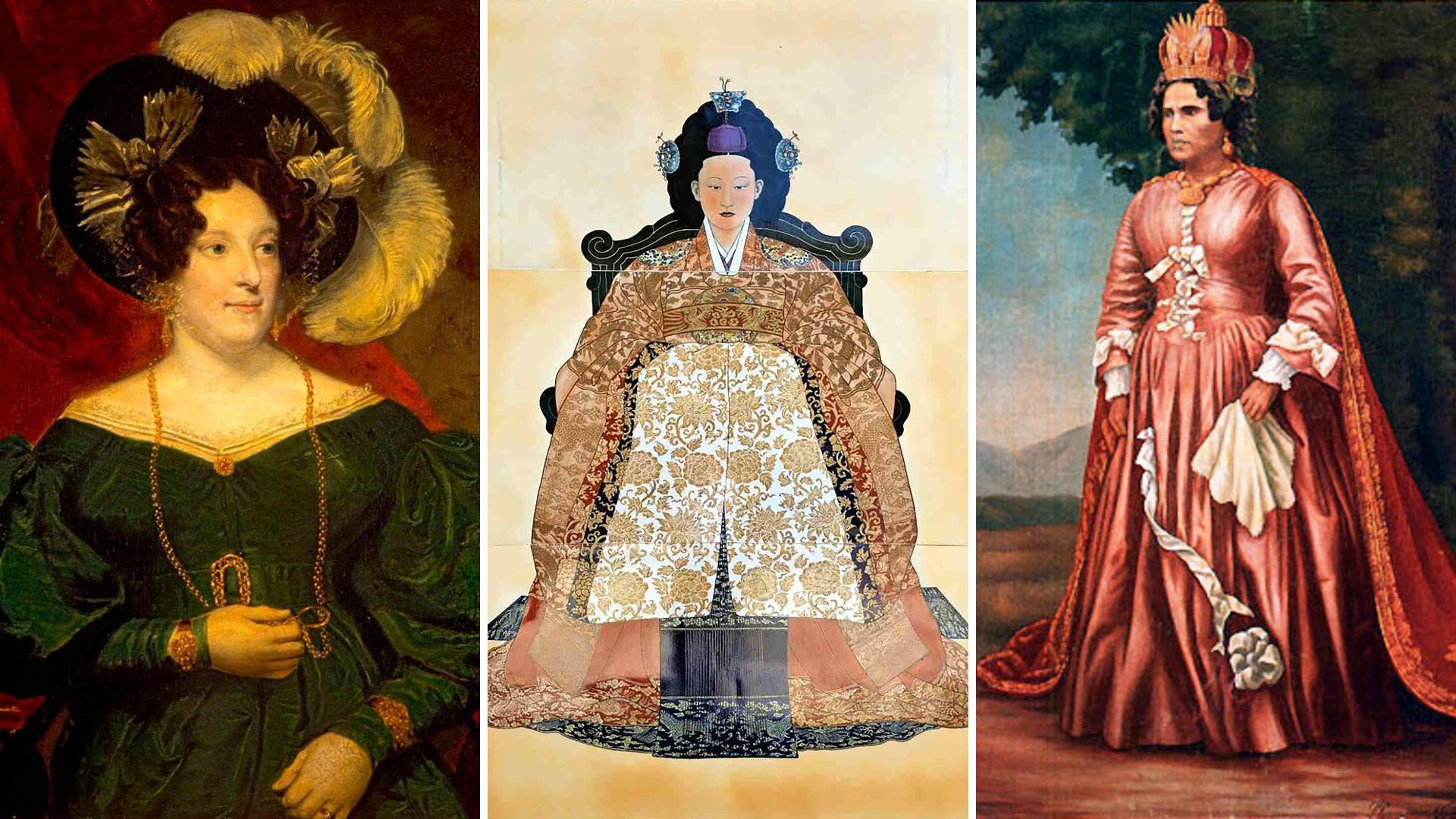

They wore crowns, carried swords, broke hearts, defied empires, and yet, history barely whispers their names.
From warrior queens and political powerhouses to scandal-draped duchesses and defiant princess suffragettes, these royal women didn’t just sit beside thrones; they challenged them, fled them, or ruled them outright. Some were born into palaces, others married royal men, while a few toppled dynasties from within. What they all share is a story far too bold to stay in history’s shadows.
From the glamorous to the obscure, the rebellious to the tragic, we’re spotlighting the royal women who deserve to be known for their daring, resilience, and achievements that were anything but ordinary.
The royal women you probably never heard of
Queen Christina of Sweden
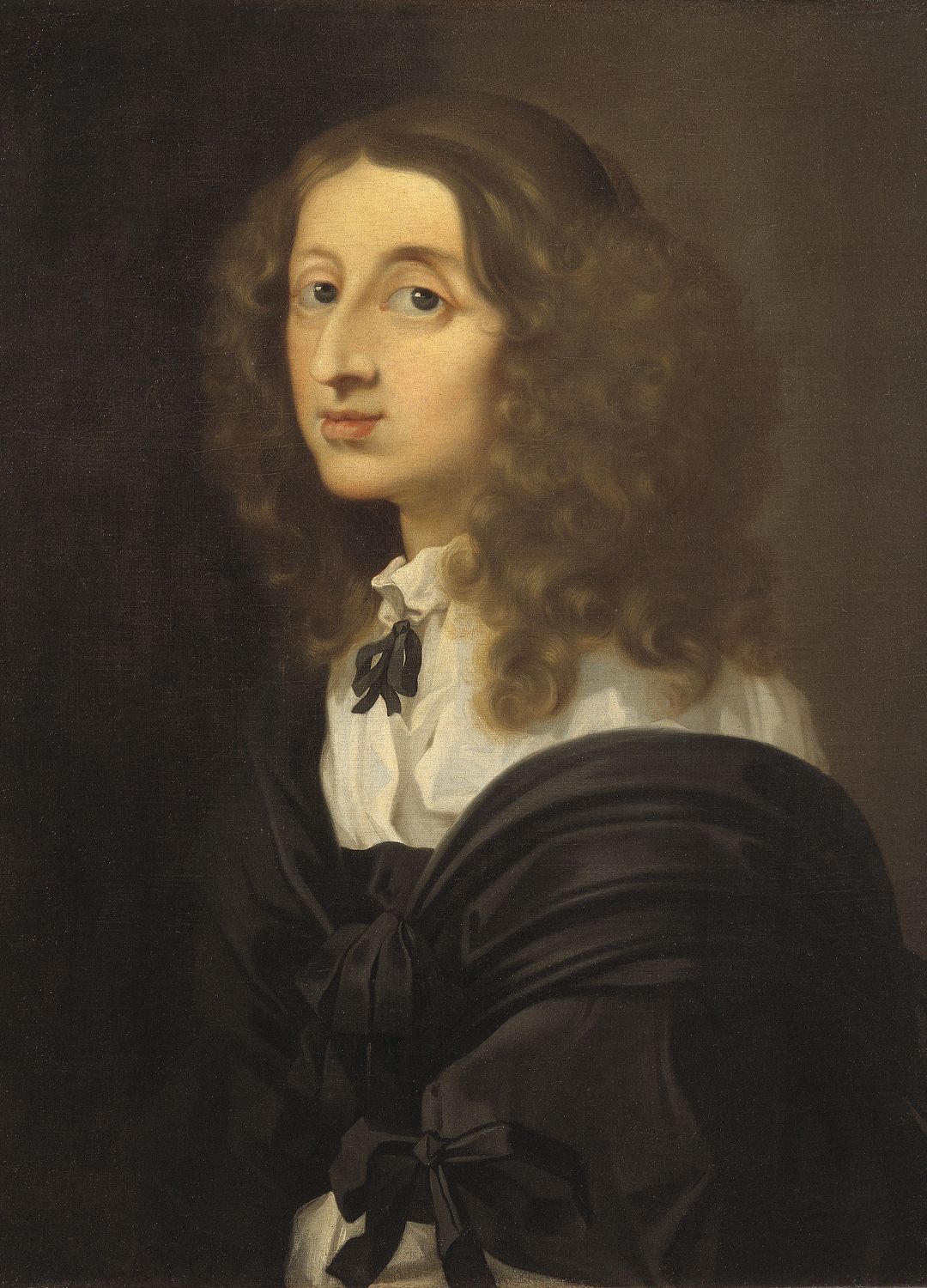
Queen Christina of Sweden was light years ahead of her time. Though known as a queen, she chose to be crowned king, asserting her authority in a male-dominated world. Christina dazzled 17th-century Europe with her intelligence, independence, and defiance of convention; refusing to marry, often wearing men’s clothing, enjoying pursuits like hunting and fencing, and famously having a close bond with her lady-in-waiting, Countess Ebba Sparre, whom she called her “bed-fellow”.
Today, she’s seen as an LGBTQ+ icon, but in her own era, she was a political anomaly. She was a fierce patron of the arts and of leading intellectuals like philosopher René Descartes, which earned her the nickname “Minerva of the North”. But being a sovereign didn’t make her happy, and after a decade of direct rule, she abdicated in 1654, shocking Europe. She later converted to Catholicism and relocated to Rome, where she became a salon-hosting eccentric and cultural force, living a vibrant life until her death in 1689, and remains one of only three women buried in the Vatican.
Queen RanavalonaI of Madagascar
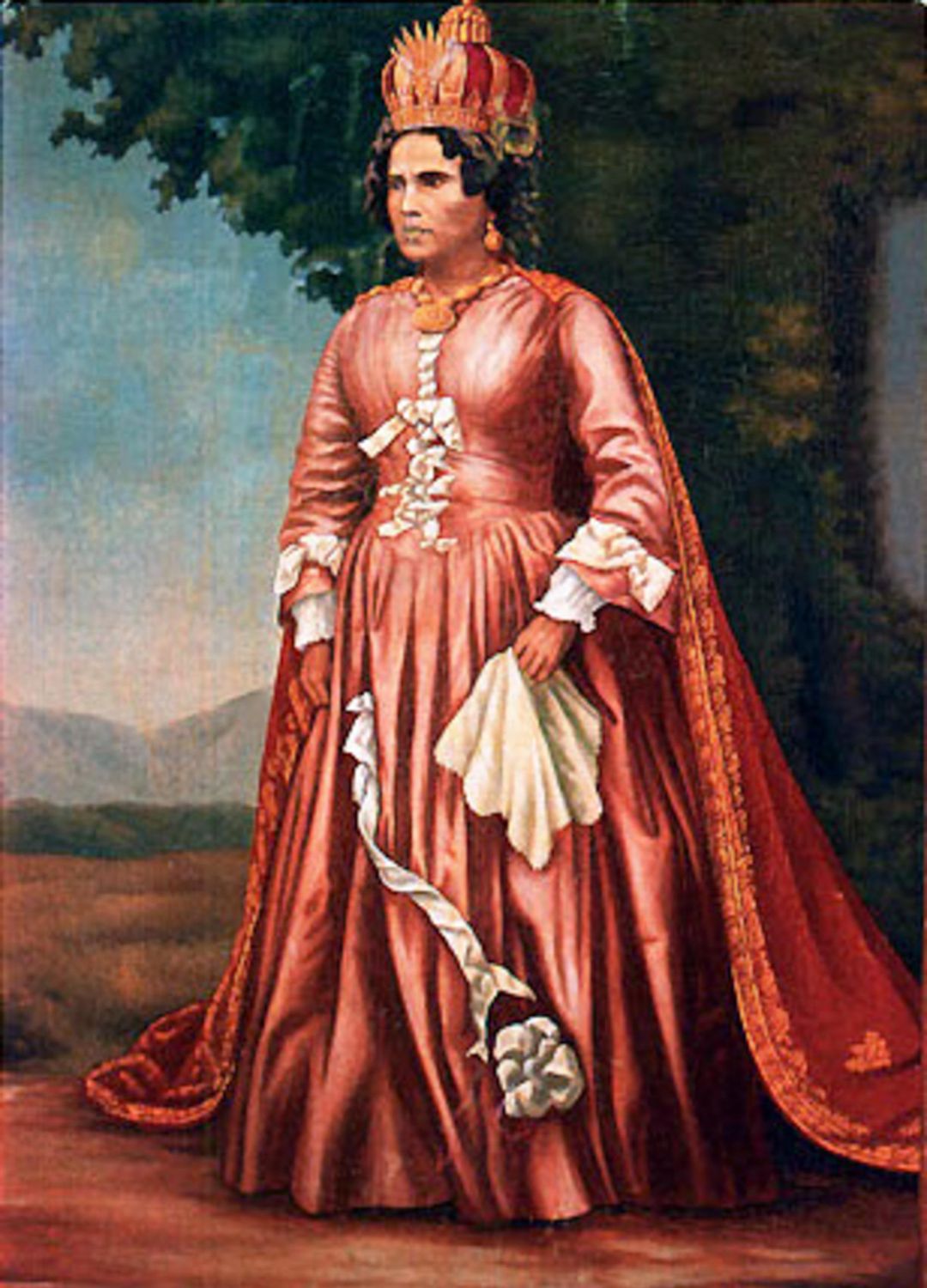
In an age when European powers were carving up the globe, Queen Ranavalona I of Madagascar stood almost alone; a woman ruler in a male-dominated world who fought, with brutal resolve, to keep her island nation free from colonial rule. Ascending the throne in 1828, she swiftly reversed her late husband’s pro-European policies, cutting ties with the British and French, expelling missionaries, and outlawing Christianity in a bid to preserve Madagascar’s sovereignty and ancestral traditions. Those who defied her faced severe punishment and even death. To her critics, she was a ruthless despot; to her supporters, she was a fiercely determined leader who repelled foreign incursions, fortified the military, and preserved Madagascar’s independence at a time when much of Africa was falling under colonial rule.
Empress Elisabeth of Austria
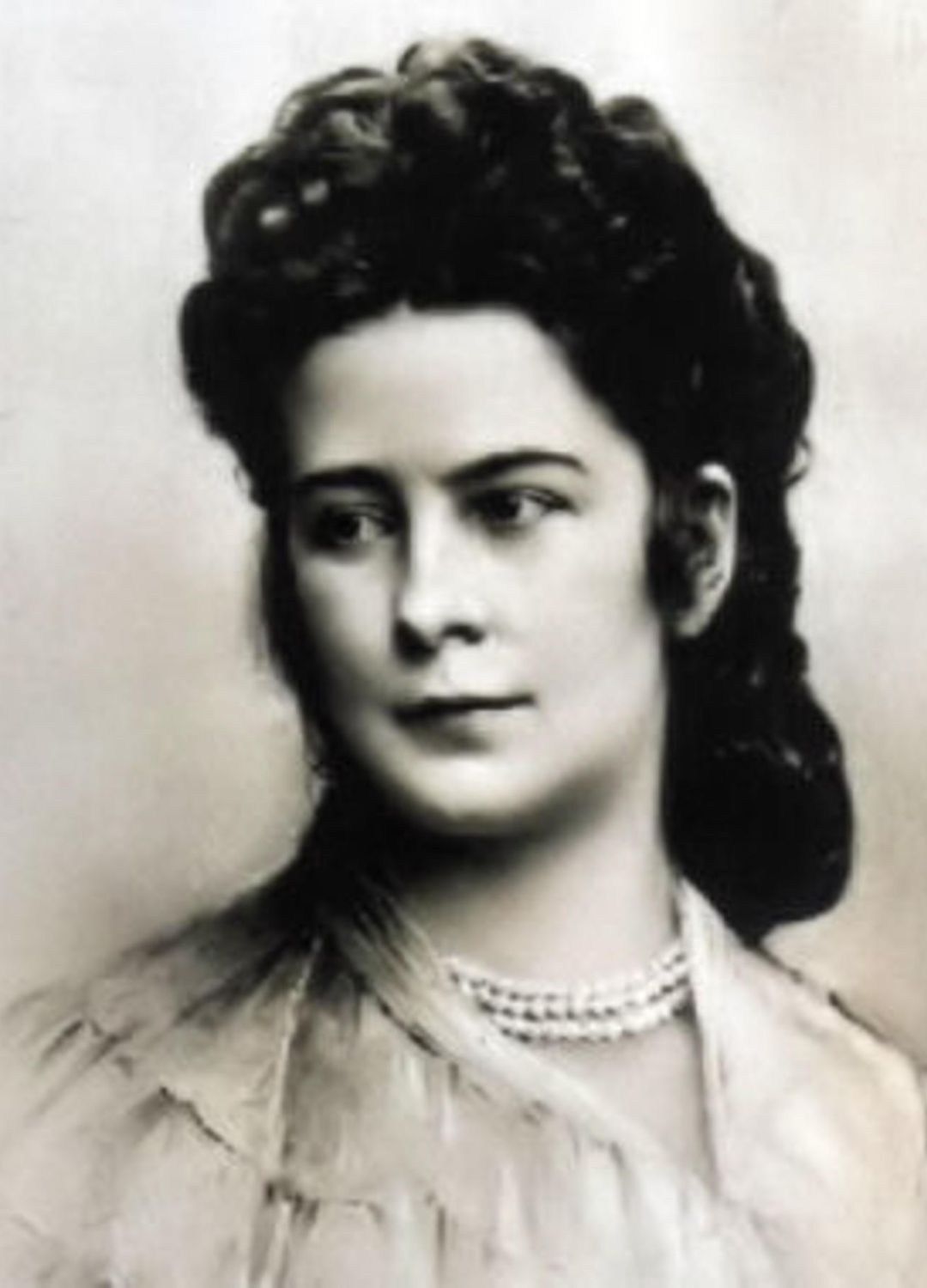
Channelling Bridgerton season 2 vibes, Elisabeth, known as Sissi, was a Bavarian princess married off at 16 to Austrian Archduke Franz Joseph after he fell for her instead of her older sister, who had been put forward as the match. Crowned Empress of Austria and later Queen of Hungary, she became a royal icon, famed for her beauty and trendsetting style, influencing aristocratic circles with her floor-length hair, 19-inch waist corsets, facial treatments, and extreme diets.
Sign up to our free daily email for the latest royal and entertainment news, interesting opinion, expert advice on styling and beauty trends, and no-nonsense guides to the health and wellness questions you want answered.
Sissi also defied courtly convention, preferring to ride like a man, walk for miles daily, and, nothing if not vain, refused to be painted or photographed after the age of 30. Though Franz Joseph adored her, Sissi’s love faded over time, strained by the stifling court, his domineering mother, and her growing need for freedom.
After the tragic 1889 death of her only son and heir, Crown Prince Rudolf (who took his life in a suicide pact with his teenage mistress), she spiralled into isolation, roaming Europe, writing poetry, and reportedly getting a tattoo in Greece. In 1898, while boarding a boat in Geneva, she was stabbed in the heart by an anarchist. Not realising she had been mortally wounded, she collapsed moments later and died, her heart-breaking final words said to be, “What happened?”
Princess Kaʻiulani of Hawaii
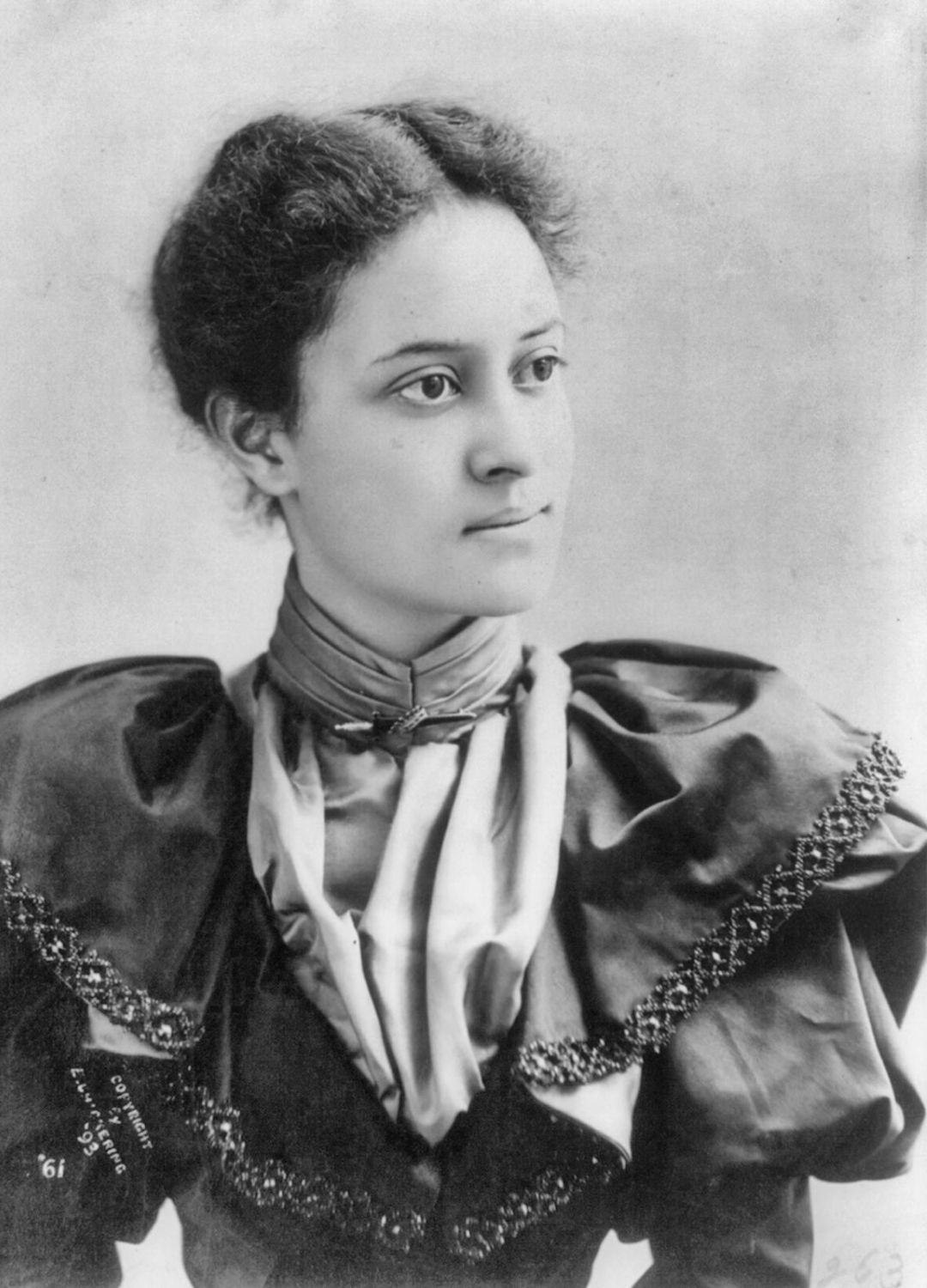
Young, brilliant, and beautiful, Princess Kaʻiulani of Hawaii was once the last great hope of a sovereign Hawaiian monarchy. Born in 1875 to a Hawaiian princess and a Scottish businessman, Kaʻiulani was educated in Europe and, as a keen surfer, is believed to have been the first woman to surf in the UK, possibly helping to introduce the sport to British shores during her visits.
Groomed to one day be queen, she was a gifted artist, musician, linguist who was fluent in four languages, and capable of dazzling royals, diplomats, and even U.S. presidents. But in 1893, Kaʻiulani’s aunt, Queen Liliʻuokalani, was overthrown in a U.S.-backed coup that ended Hawaii’s monarchy, paving the way for annexation by the United States in 1898, and ultimately, statehood in 1959.
The teenage princess left her studies and sailed to Washington, D.C., where she delivered impassioned speeches against annexation and fought for her people’s sovereignty. The press dubbed her the “Island Rose”, with her grace and courage captivating Victorian society abroad. Despite her poise and persistence, she couldn’t change Hawaii’s fate, and died of illness in 1899 at just 23.
Infanta Eulalia of Spain
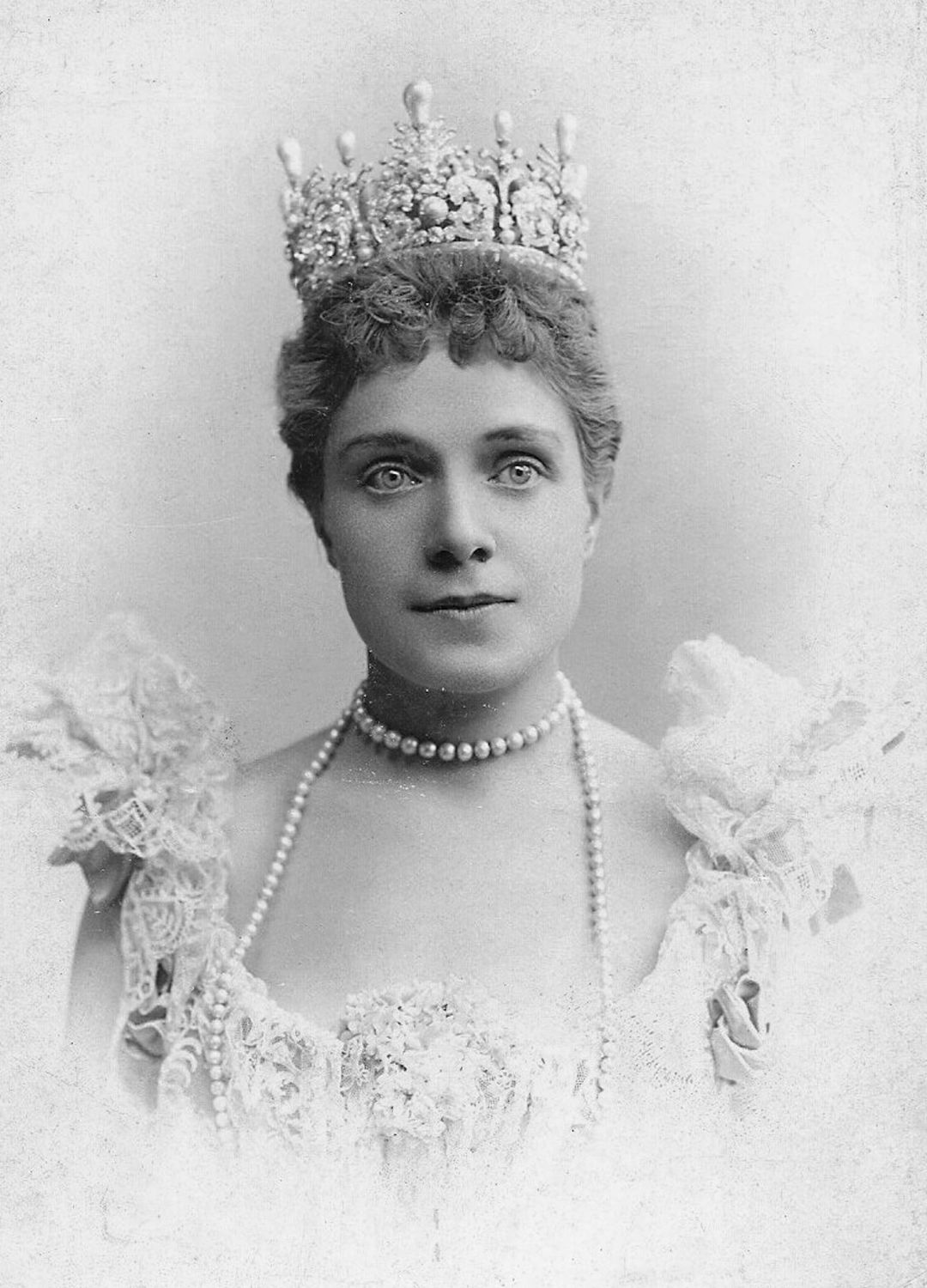
Although not widely remembered today, she was the royal rebel who picked up a pen and ruffled Europe’s thrones. Born into the Spanish Bourbon dynasty, Infanta Eulalia was exiled to France after Spain’s 1868 revolution and grew up far from courtly constraints, a freedom that allowed her sharp mind, and even sharper pen, to write boldly about socialism, women’s rights, religion, and inequality.
Her views were notably progressive for a royal of her time, for which she was both revered and scandalised across Europe. When her nephew, King Alfonso XIII, tried to censor her 1912 book The Thread of Life, she refused, and later published revealing royal memoirs and even critiqued Kaiser Wilhelm II. Unapologetic, outspoken, and unrepentantly honest, Eulalia defied royal silence and lived long enough, to the grand old age of 94, to watch the monarchies she criticised begin to crumble.
Princess Pauline Bonaparte
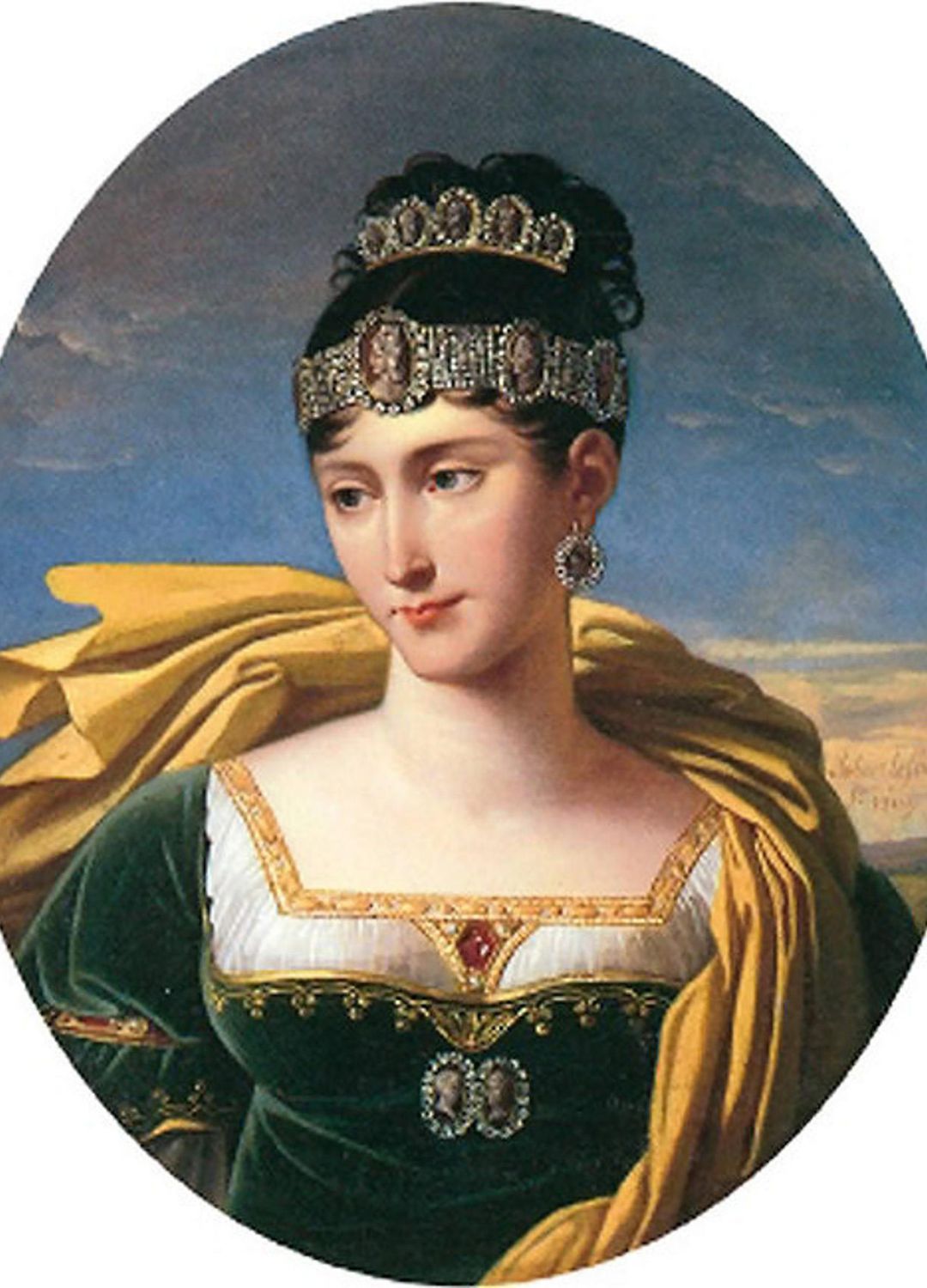
Posing semi-nude in the name of art isn’t the sort of thing one expects from an emperor’s sister, but Princess Pauline Bonaparte was as wild as she was unapologetic. Widely considered the most flamboyant of Napoleon’s many siblings, and by far the most entertaining, Pauline was a celebrated beauty with a rebellious streak.
Though she married Italian nobleman Prince Camillo Borghese, she famously collected lovers (including a French actor) and scandalised society by posing half-naked for Antonio Canova’s now-iconic sculpture Venus Victrix. While other noblewomen clung to decorum, Pauline revelled in her reputation, flitting between courts in Paris, Rome, and Turin, always dressed to impress and always the subject of gossip. Yet beneath the bravado, she had heart, fiercely loyal to her brother Napoleon and the only sibling to visit him in exile on Elba. She may never have been queen, but she certainly knew how to command attention like one.
Queen Caroline of Brunswick
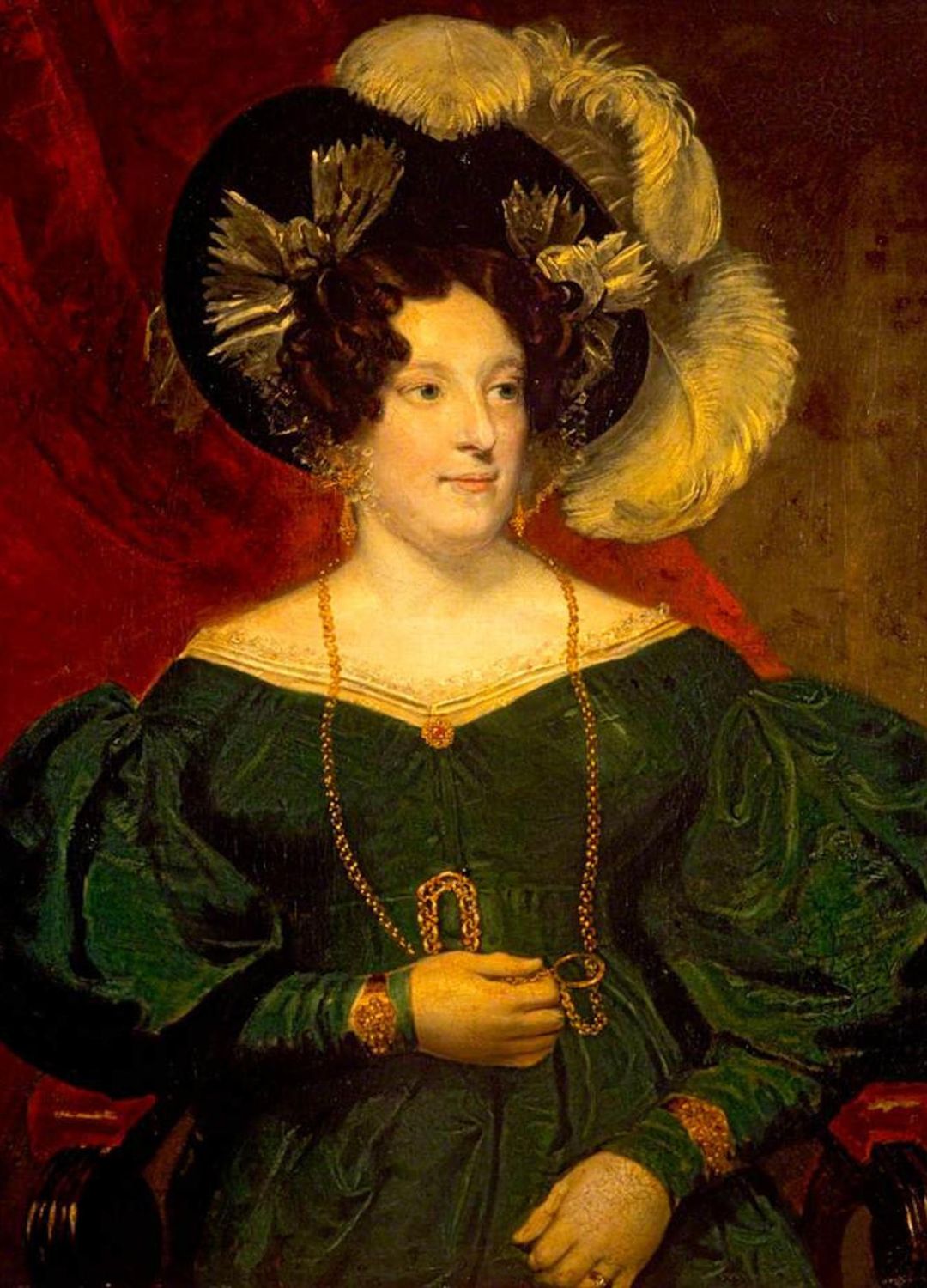
Long before Charles and Diana, another famously adulterous Prince of Wales dragged his wife through a scandal so dramatic it should have served as a royal cautionary tale, because, just like Diana, Queen Caroline of Brunswick turned attempted humiliation into a PR triumph.
Her marriage to the deeply unpopular George IV (formerly the Prince Regent) was doomed from the start; as one of financial convenience, not to mention he was already in love with (and had illegally married) the Catholic widow Maria Fitzherbert. He also found Caroline loud, unrefined, and embarrassing, so despite it not being the "done thing" at the time, the couple separated shortly after the birth of their only child, Princess Charlotte.
But following the death of George III in 1820, Caroline returned from her travels in Europe, expecting to be crowned queen consort. Instead, George pushed the House of Lords to pass a Bill, which aimed to strip Caroline of her title and dissolve the marriage on the grounds of her alleged adultery. The bill failed, and despite the salacious testimony, public sympathy lay firmly with Caroline. Crowds cheered her in the streets, held protests in her name, and hissed at the king, transforming her into Britain’s original “people’s princess".
Not wanting to be outshone at his coronation the following summer, George had her barred from attending, and so when Caroline, who had arrived in full regalia, was physically turned away from Westminster Abbey, the crowd watched on in stunned sympathy, creating a moment of royal cruelty that only cemented her public support. Weeks later, she died suddenly, sparking rumours of poisoning and a national outcry. But she was to have the last word, with her coffin inscribed with her final, defiant message: “Caroline of Brunswick, the Injured Queen of England”.
Princess Margaret Tudor
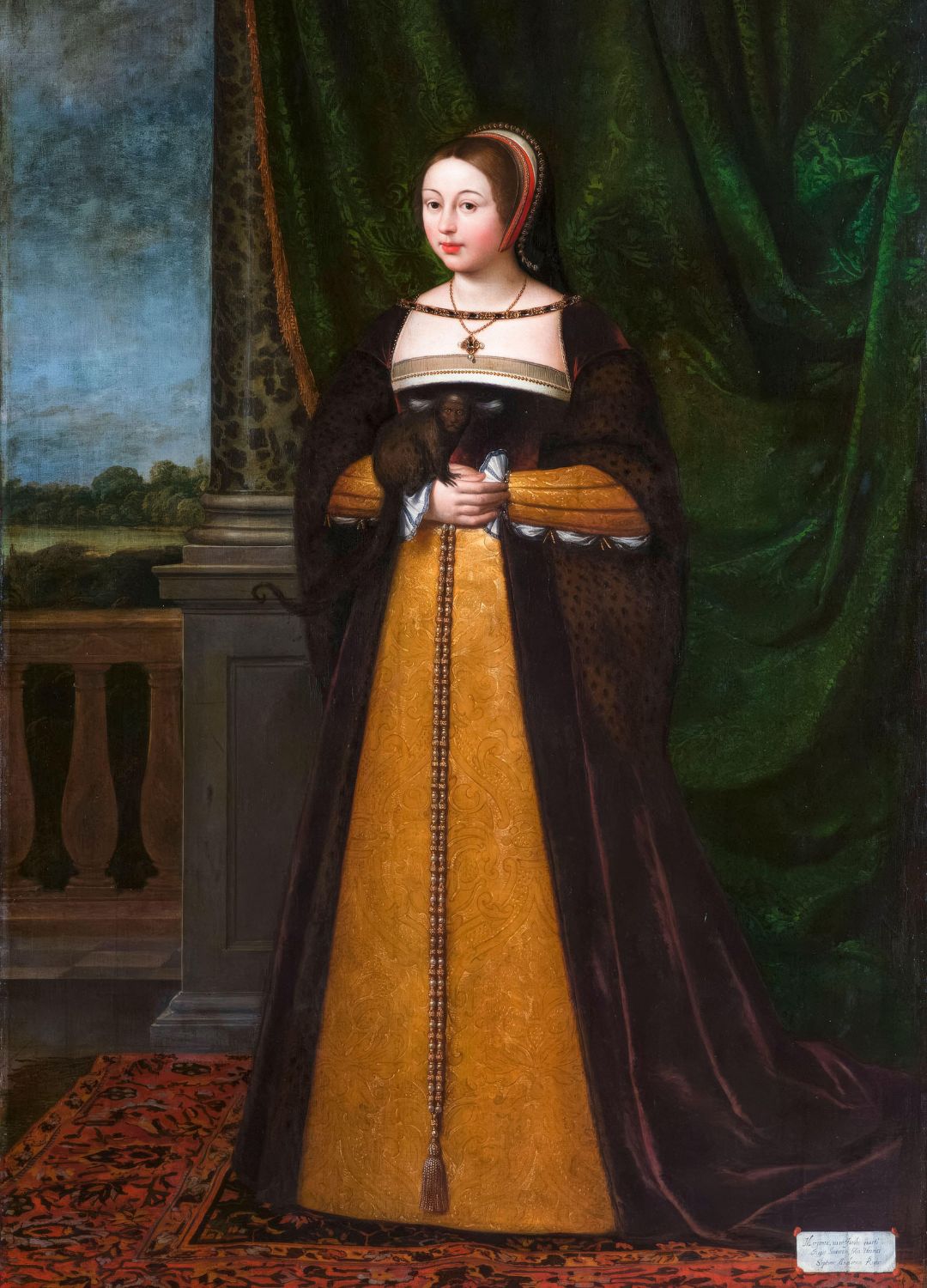
While Henry VIII and his many wives often hog the Tudor spotlight, there was another Tudor queen whose drama more than lived up to the dynasty’s reputation for ambition and betrayal. Margaret Tudor (1489–1541), Henry’s older sister, was married off at 13 to the 30-year-old James IV of Scotland in a bid to secure peace between the two nations. After James was killed at Flodden in 1513 (fighting the English in support of France), Margaret found herself navigating the brutal world of Scottish politics.
She became regent for their infant son, James V, who would later father Mary, Queen of Scots. Two more doomed marriages followed. First to Archibald Douglas, whose betrayal cost her custody of her son. Then to Henry Stewart, Lord Methven, a love match that soured, leaving her disillusioned by his infidelity and poor judgment. Yet throughout, Margaret skillfully played English and Scottish factions against one another, clinging to influence in a kingdom that constantly sought to sideline her.
Though her life was marked by personal loss and political turmoil, Margaret Tudor ultimately found her way back to the English crown, albeit through her great-grandson, James VI of Scotland, who inherited the English throne as James I in 1603, following the death of Elizabeth I. With that, the Tudor and Stuart lines united, finally fulfilling the dynastic hopes that had first sent her north nearly a century earlier.
Princess Charlotte of Belgium
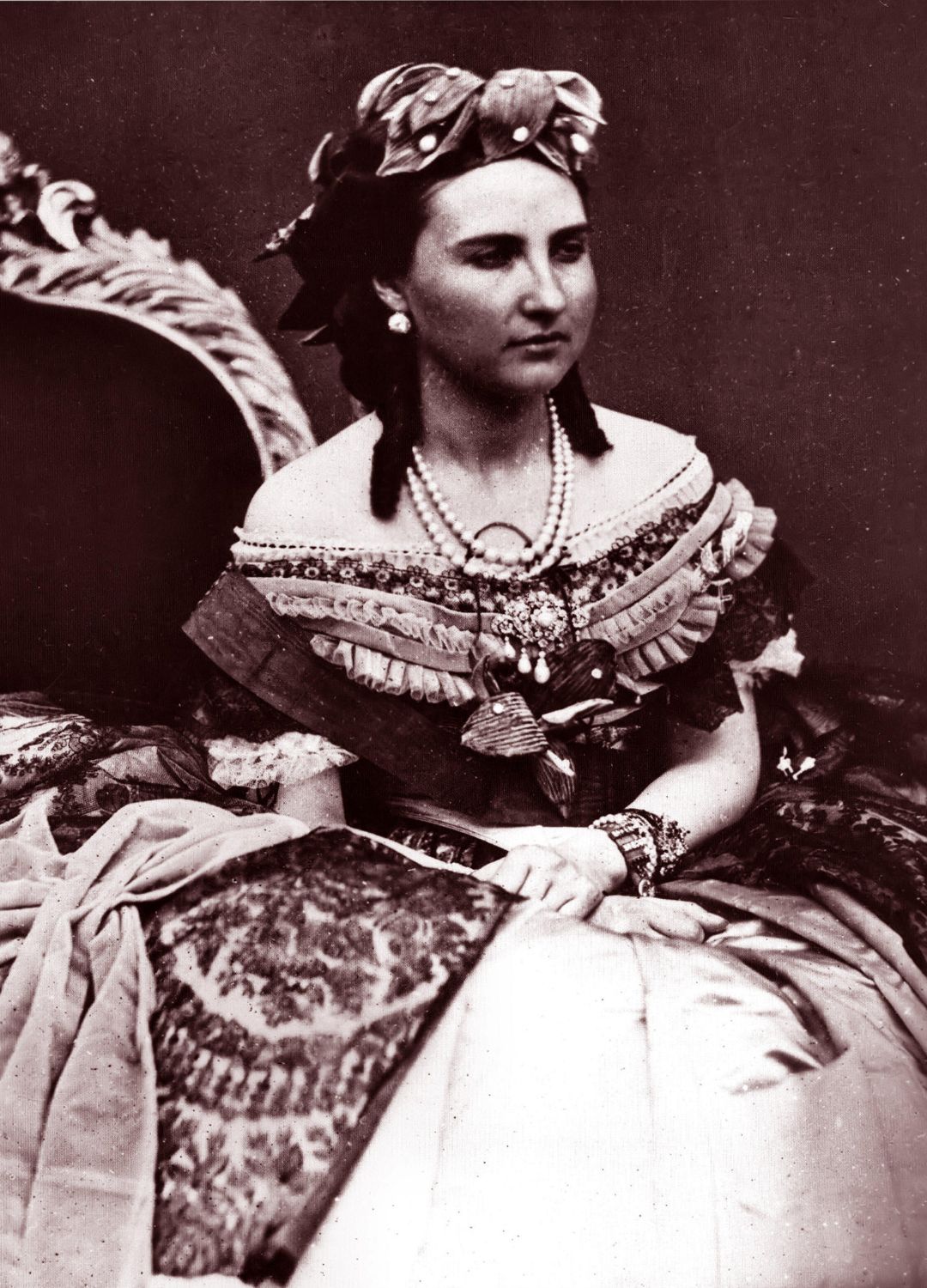
Born in 1840, Princess Charlotte of Belgium’s life reads like a Shakespearean tragedy: naïve royal bride, doomed empress, political pawn, and broken widow left to descend into madness. After a relatively sheltered upbringing, her fate shifted at 23 when she became Empress Carlota of Mexico, alongside her husband, Archduke Maximilian of Austria, who had been installed as emperor by Napoleon III in one of Europe’s most ill-fated imperial ventures.
At first, life in Mexico was full of grandeur, but while Maximilian entertained mistresses and played emperor, Carlota took her role seriously, shouldering much of the diplomacy and governance. As resistance led by President Benito Juárez intensified and French support waned, Carlota sailed to Europe to plead for reinforcements. She was rejected by Napoleon III, ignored by her royal relatives, and famously staged a sit-in at the Vatican, becoming one of the first women believed to have ever spent the night, refusing to leave until help was promised. It never came; instead, officials begged her brother, King Leopold II, to take her home. Meanwhile, in Mexico, Maximilian was captured and executed by firing squad in 1867. Carlota suffered a complete mental collapse and was declared insane by doctors, spending the remainder of her long life in seclusion - first at Miramare Castle in Italy, then at Bouchout Castle in Belgium, a ghostly empress of a vanished empire.
Rani Lakshmi Bai of Jhansi
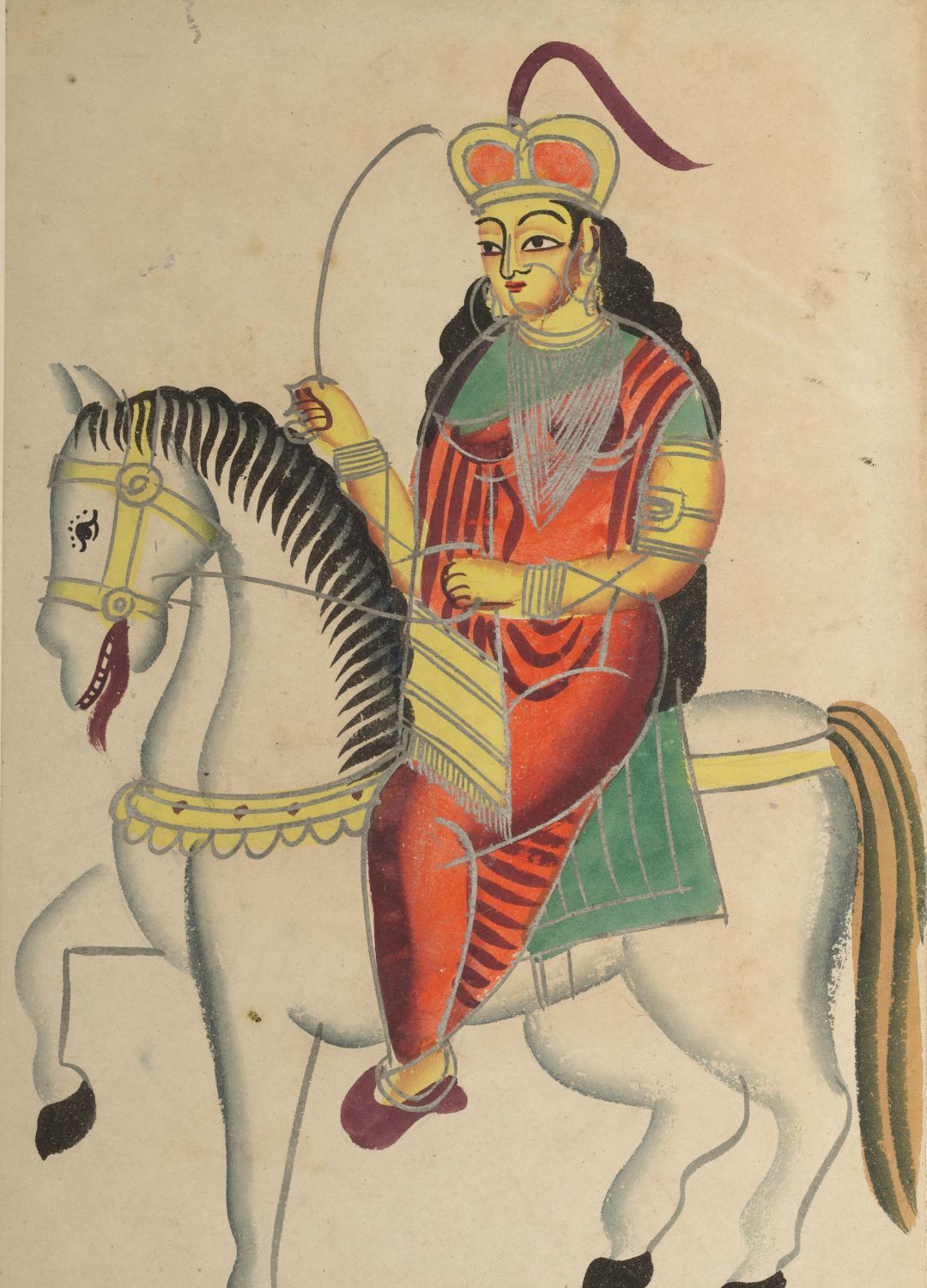
Rani Lakshmibai wasn’t just a queen; she was a warrior queen. A fierce revolutionary and the face of India’s first major uprising against British rule, she was born Manikarnika Tambe and became the Queen of Jhansi. After losing both her husband and infant son, she refused to quietly surrender her kingdom to the British East India Company.
Instead, she strapped on her armour, mounted her horse, and led her troops into battle during the Indian Rebellion of 1857. A year later, on 17 June 1858, aged just 29, Rani Lakshmibai was killed in a battle near Kotah-ki-Serai, close to Gwalior, dying fiercely while fighting a surprise cavalry charge by the British Eighth Hussars, but her legend lives on in statues, stories, and song.
Lady Augusta Murray

Long before Meghan Markle made headlines as the Duchess of Sussex, another woman laid claim to the title, and her forbidden royal love caused even more scandal, though history has all but forgotten her. In 1793, Lady Augusta Murray secretly married her sweetheart while in Rome, who just happened to be Prince Augustus Frederick, son of King George III.
Marrying without royal permission was illegal under the Royal Marriages Act, and despite trying to wed again in England, the Crown ensured the union was swiftly annulled. Augusta was denied the title of Duchess, their two children deemed illegitimate, and she was shunned from royal circles, yet she refused to go quietly. Instead, she raised her children as a single mother in Ramsgate, built a respected seaside estate, travelled widely, painted, and defied protocol by continuing to call herself the Duchess of Sussex. In the end, hers was a story of true love and heartbreak, but also of quiet rebellion, as a woman who dared to fight for the man she loved, on her own terms, whatever the cost.
Princess Sophia Duleep Singh

Princess by birth, rebel by choice, Sophia Duleep Singh was Queen Victoria’s goddaughter and the daughter of the last Maharaja of the Sikh Empire, but she wasn’t content with a life of royal privilege. Instead, she became a fierce campaigner for women’s rights in early 20th-century Britain.
Living at Hampton Court, Sophia served as a nurse during WWI but is better remembered for selling The Suffragette newspaper outside the palace gates, much to the horror of the establishment. She marched, protested, refused to pay taxes, and brought her royal status crashing into the fight for gender equality, using her position to amplify overlooked voices and shine a spotlight on injustice.
Countess Erzsébet Báthory
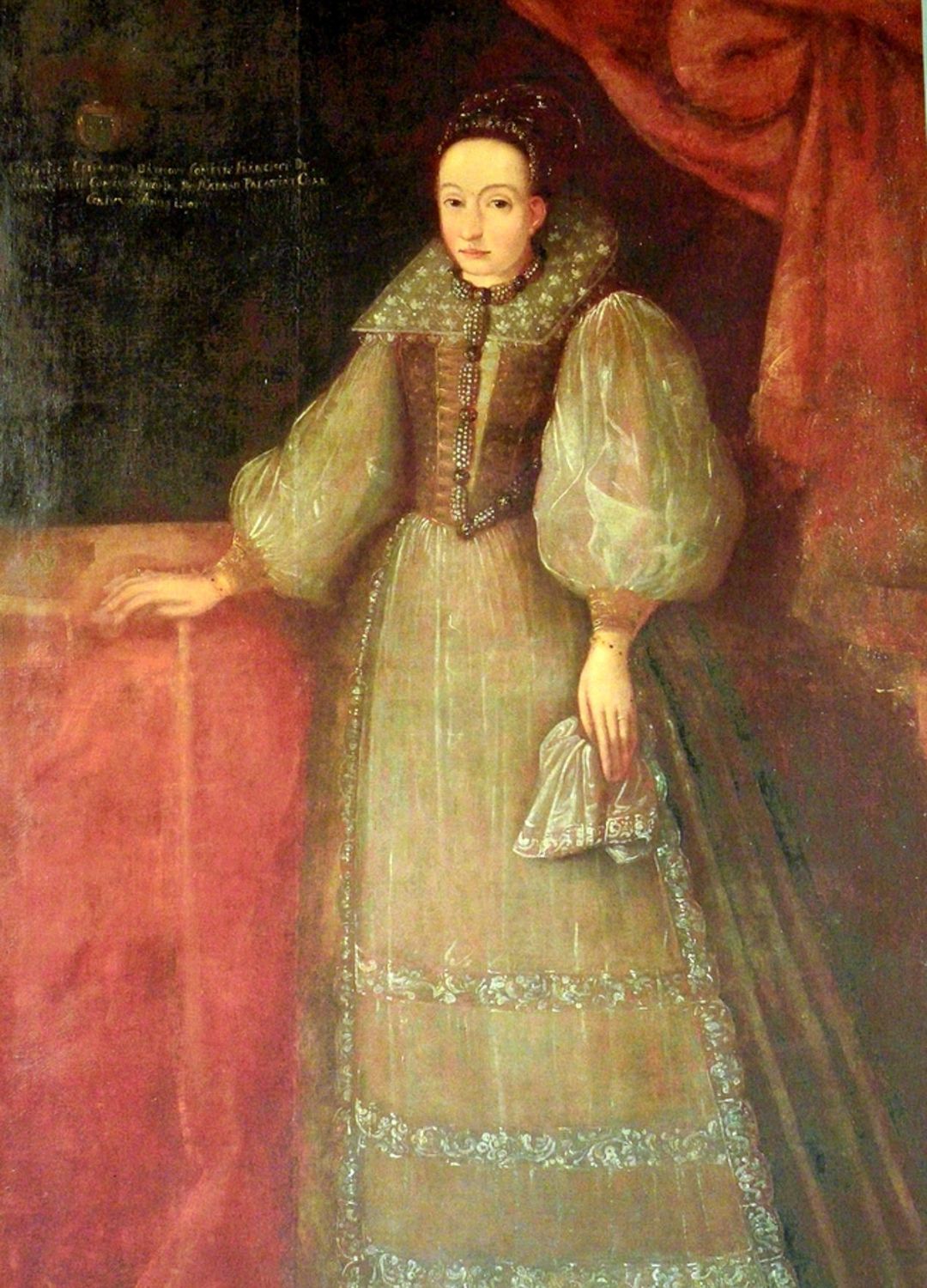
Back in the deep, dark 16th century, it seems you could get away with anything, even murder, if you were rich enough. That was certainly true for Countess Erzsébet Báthory, niece of the Prince of Transylvania. Known as Hungary’s “Blood Countess,” Erzsébet became infamous for allegedly torturing and murdering hundreds of young women in her castles across Hungary and Transylvania.
By the time of her arrest in 1610, whispered rumours had swelled into full-blown legend that spoke of secret dungeons, satanic rituals, and even bathing in the blood of virgins to preserve her youth. But was any of it true? Her servants, interrogated under torture, confessed to helping her kill dozens, yet most of the evidence was hearsay, fuelled by folklore and fear.
Modern historians argue she may have been the victim of a political plot, caught in the crossfire of religious upheaval, and the aggressive territorial and political growth of the Habsburg dynasty. King Matthias II, who owed her a large sum of money, conveniently cancelled his debt following her arrest, and her vast estates were seized by the crown. Yet because of her noble birth, she was never formally tried, but it meant she did escape execution. Instead, she was walled up in her castle, where she died in 1614.
Princess Vilma Lwoff-Parlaghy

Claiming to be a Russian princess, Vilma Lwoff-Parlaghy was a portraitist who fooled and fascinated high society. She adopted the title “Princess” after a brief marriage to a Russian nobleman descended from royalty, and wore it with flair. Vilma was as eccentric as she was talented, remembered for painting presidents and influencers of the day (including Kaiser Wilhelm and Nikola Tesla, whose only known portrait came from her brush), but was equally famous for keeping Goldfleck, her pet lion cub in her 14-room suite at The Plaza Hotel in New York. Whether truly royal or not, Vilma dazzled like one; until war came, her fortune vanished, and only her mystique remained.
Isabella of France

Though well-known to historians, Isabella of France, the so-called “She-Wolf of France”, deserves mainstream recognition, because, forget Shakespeare, this Queen’s life was pure medieval soap opera! Born in 1295, the daughter of the King of France, Isabella married Edward II of England, only to be humiliated by his obsession with male favourites and disastrous rule.
When his closest companion, Hugh Despenser the Younger, stripped her of influence, she fled to France in 1325 under the guise of peace talks, but in truth, she was plotting her husband’s downfall. Teaming up with her lover, Roger Mortimer, she invaded England, overthrew Edward, and ruled as regent while her son, Edward III, was still a teenager. Though her reign was brief, it was powerful, ending when her son seized back control, executed Mortimer, and spared, but sidelined Isabella, who spent her later years in comfortable, though closely supervised, retirement at Castle Rising in Norfolk.
Princess Pingyang

Though her given name has been lost to history, Princess Pingyang is remembered by her noble title, taken from the fief she was granted, but what is known is that she was a force to be reckoned with; raising a rebel army of 70,000 troops, many of them reportedly women, to help overthrow the crumbling Sui Dynasty and establish the mighty Tang Dynasty.
But far from being a ruthless warlord, Princess Pingyang, born in 7th-century China as the daughter of Li Yuan (later Emperor Gaozu of Tang), was adored for her fairness and compassion, winning support by feeding the poor and enforcing strict discipline among her troops; pillaging was forbidden. But it wasn’t just her heart she led with; she was a brilliant strategist who forged crucial alliances and showed military acumen vital to her father’s success. So much so that when she died aged just 23, only months after the Tang Dynasty was born, her father insisted she receive a full military funeral, an honour never before granted to a woman in imperial China.
Soraya Esfandiary-Bakhtiary

In a tale as heart-wrenching as many a royal love story, Iran’s glamorous queen Soraya Esfandiary-Bakhtiary was cast aside, not for lack of love, but for lack of an heir. At just 19, Soraya, born to a Persian father and German mother, became the second wife of Shah Mohammad Reza Pahlavi. With her striking green eyes and fashion-magazine beauty, she captivated Iran and the world.
But after seven childless years and mounting pressure from the royal court, the Shah was forced to divorce her in 1958 to secure the future of the dynasty. Though granted the title “Her Imperial Highness Princess Soraya of Iran”, she left royal life behind, retreating to Europe where she became a jet-set icon, courted by film directors, appearing in movies, and dazzling at society balls. But poignantly, she never remarried, and was remembered by many as the “Princess with the sad eyes”. Some say her heart never left the Shah, who had reportedly wept while signing his divorce papers, and whose final letters hinted at a love that never truly faded.
Empress Myeongseong
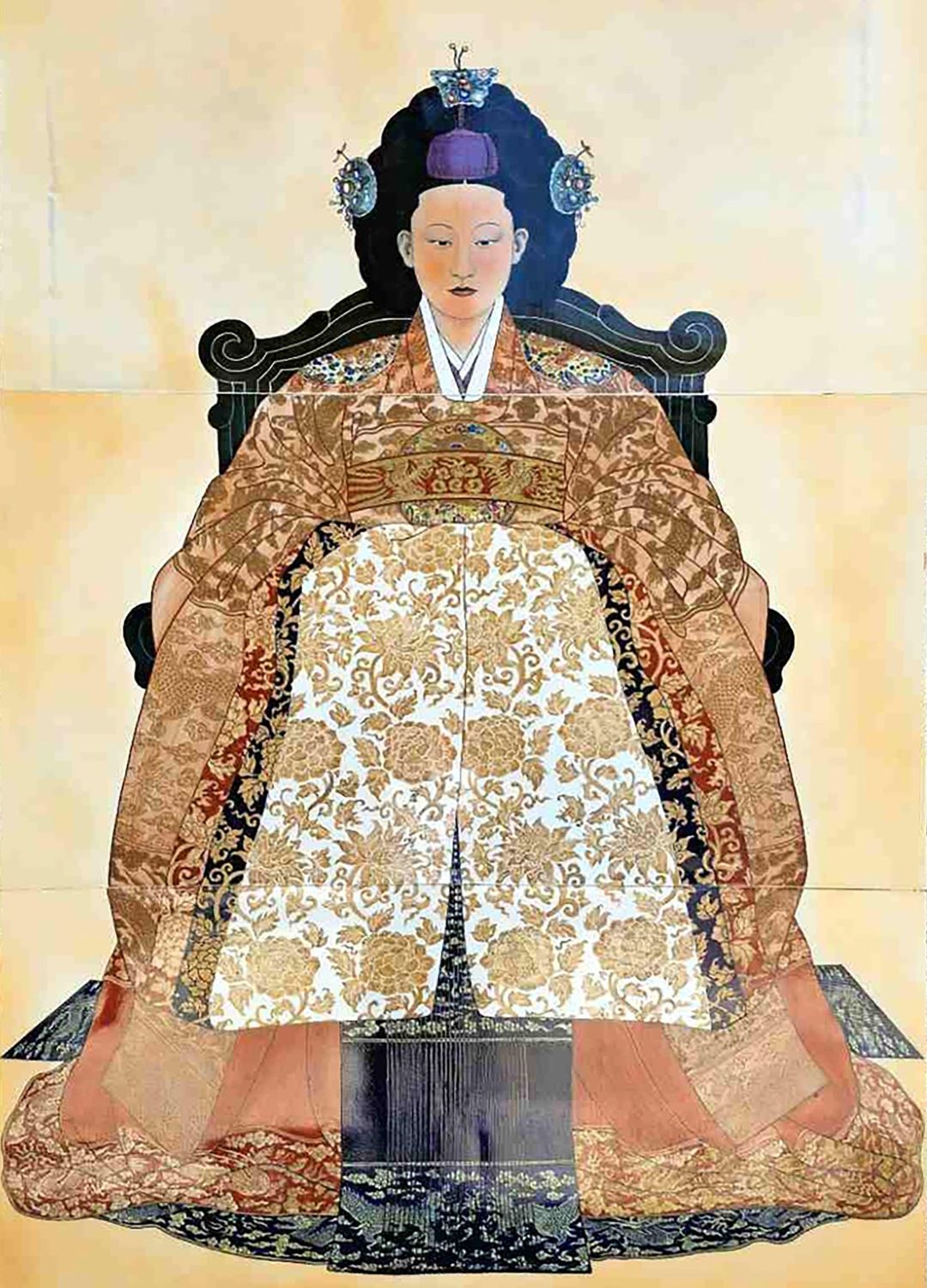
Also known as Queen Min, Empress Myeongseong, Korea’s last queen, was the wife of King Gojong of Joseon, but a powerful political figure in her own right: strategic, savvy, and fiercely patriotic at a time of growing Japanese aggression. For centuries, Korea had been a tributary of China, but by the late 19th century, Japan was challenging that influence, winning the First Sino-Japanese War (1894–1895) and beginning to assert control.
Despite this, Empress Myeongseong opposed foreign interference, pushed for modernisation, and championed Korean independence, often meeting resistance from a court reluctant to accept a powerful woman. Her defiance made her a target, and on 8 October 1895, she was assassinated by Japanese agents and Korean collaborators in a brutal palace attack intended to remove anti-Japanese influence.
But the plan backfired, shocking the nation and sparking outrage at home and abroad. King Gojong fled to the Russian diplomatic compound in Seoul, returning just over a year later to declare the Korean Empire, formally ending Korea’s status as a Chinese tributary. Ultimately, Empress Myeongseong’s life and death became a turning point, galvanising resistance to Japan and accelerating Korea’s path toward annexation in 1910.
Princess Charlotte Augusta of Wales
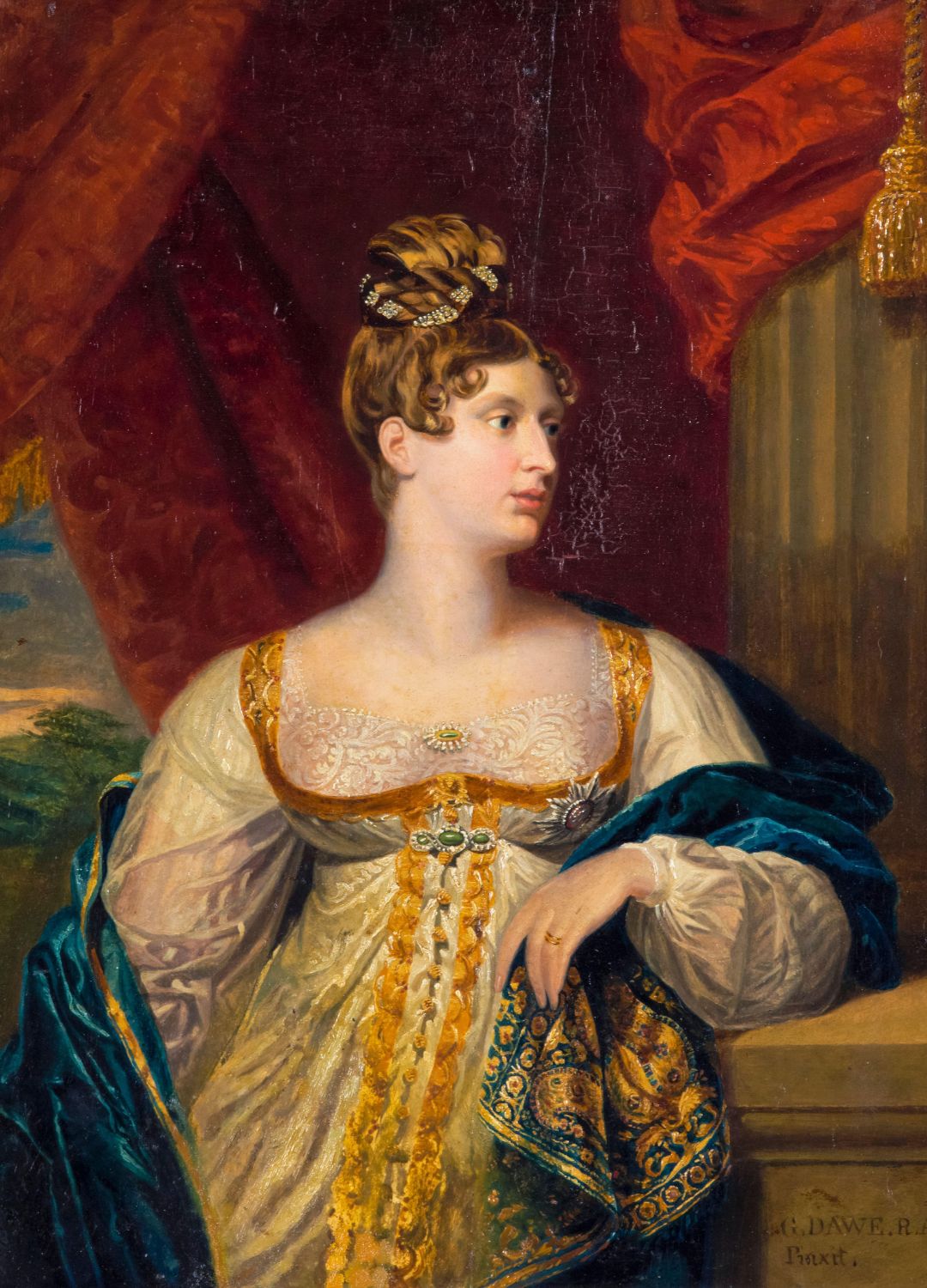
The only legitimate grandchild of George III and daughter of the future George IV, Princess Charlotte Augusta of Wales was the bright hope of the monarchy, but would be remembered as the future queen who never was. Her scandal-plagued parents' split saw her rebel against expectations, refusing a Dutch match and instead marrying for love; the steady, principled Prince Leopold of Saxe-Coburg.
Their 1816 wedding sparked national celebration, and the couple set up a modern, happy home at Claremont, where they invested in the local economy by giving jobs to the poor and dreamed of a quiet, modern royal life. But joy turned to tragedy just a year later when Charlotte died during childbirth, along with her stillborn son.
The nation was devastated: shops closed, the stock exchange shut, and mourning swept the country, in a wave of national grief not seen again until Diana’s death, not even Queen Victoria’s passing stirred such raw emotion. But it wasn’t just the public who were distraught: Charlotte’s death left the monarchy in crisis, prompting a frantic rush among George III’s remaining sons to produce legitimate heirs, a race that would ultimately lead to the birth of Queen Victoria, daughter of his fourth son, Edward, Duke of Kent, and the only surviving legitimate grandchild of George III.
Princess Märtha of Sweden
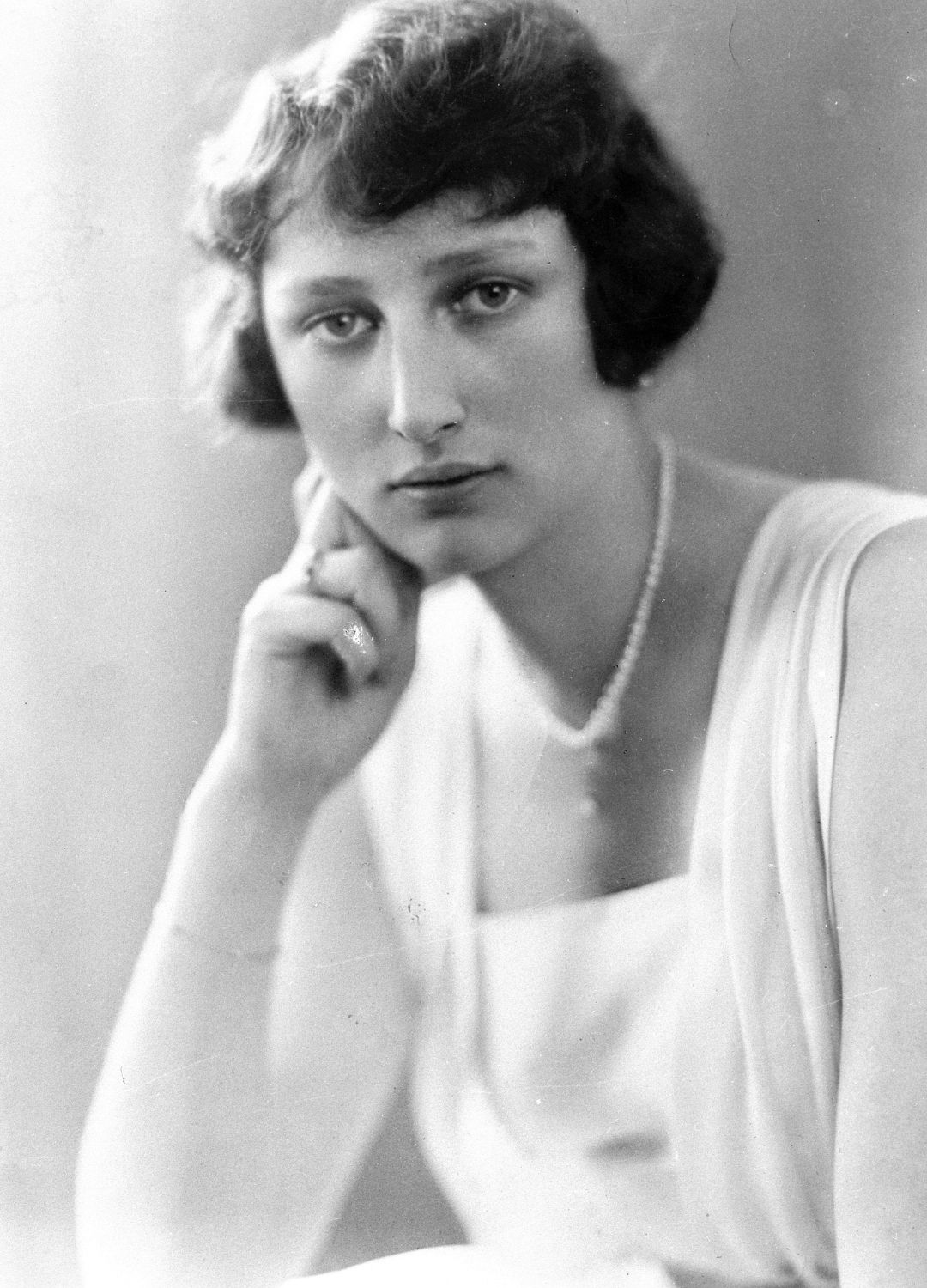
Twice a princess but never a queen, Märtha of Sweden joined Norway’s royal family when she married Crown Prince Olav in 1929. Beloved by the public and admired by President Franklin D. Roosevelt, she fled Nazi-occupied Norway in 1940, first to neutral Sweden, then to the US at FDR’s personal invitation. While rumours of romance swirled, it was her quiet diplomacy that made waves. From exile, Märtha used her platform to rally support for Norway’s resistance, winning American hearts and influencing opinion. She returned to a liberated Norway in 1945 and remains a symbol of grace, resilience, and the power of soft influence.
Yuriko Princess Mikasa
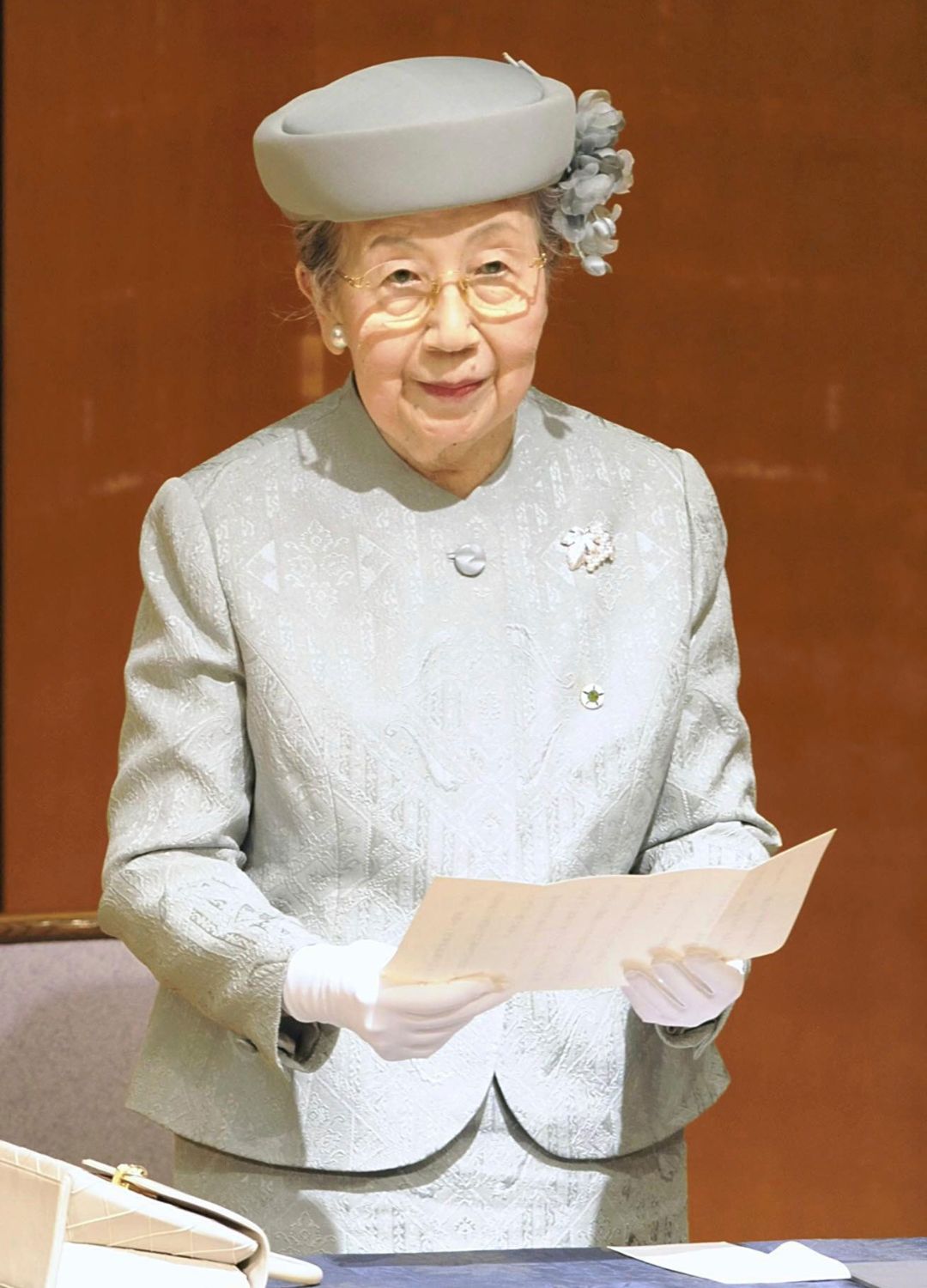
While Queen Elizabeth II was a household name the world over, few outside Japan know of Princess Yuriko, the quietly powerful centenarian of the country’s Imperial Family. Shaped by war, tradition, tragedy, and resilience, her life mirrored the arc of modern imperial history.
Born into the aristocracy, she married Prince Takahito of Mikasa, Emperor Hirohito’s younger brother, just before WWII. When their royal residence was destroyed in the US firebombing of Tokyo, she, like many civilians, took her young family into shelter. Yuriko devoted her long life to philanthropy, especially maternal and child health. Even after outliving all three of her sons, she continued to serve with quiet dignity, and as the oldest living member of what's thought to be the world’s oldest monarchy, she became a symbol of continuity and a reminder that not all royals need a spotlight to leave a legacy.
Empress Zewditu of Ethiopia
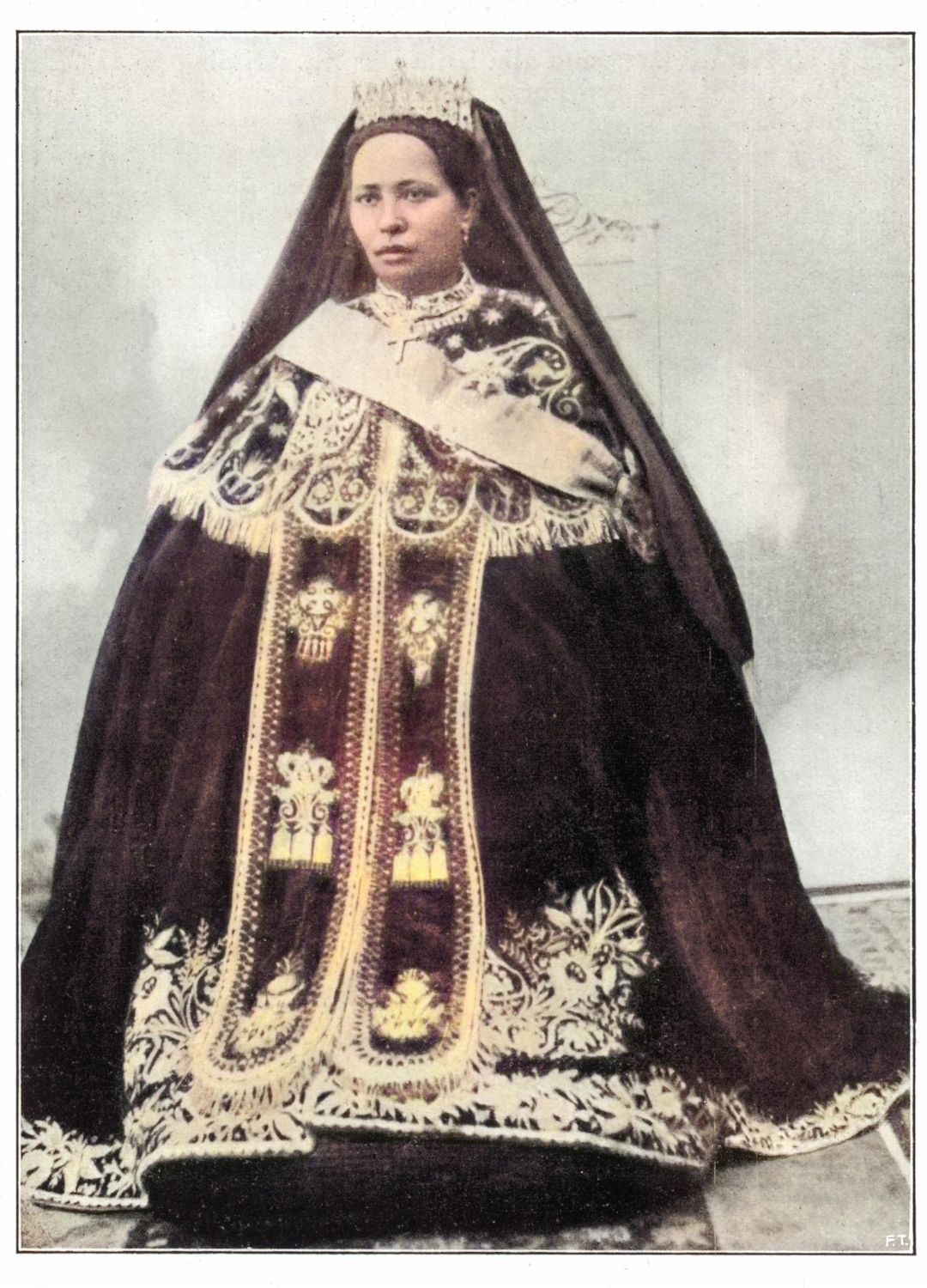
Daughter of Emperor Menelik II and his consort Wolete Israel Seyoum, Zewditu was a princess by birth, but in 1916, she became Empress of Ethiopia, following the deposition of her nephew, Lij Iyasu, by nobles and church leaders, making her the first and only woman to rule Ethiopia in her own right, and the first modern female head of state in Africa.
While the power rested with her regent, Ras Tafari Makonnen, Zewditu remained the crown’s spiritual and ceremonial leader at a time when most of the world still denied women basic political rights. During her reign, Ethiopia welcomed members of the African diaspora inspired by pan-African ideals, an act of unity and quiet defiance against global colonialism. Zewditu ruled until her sudden death in 1930, just before Ras Tafari became Emperor Haile Selassie. Today, she’s rarely mentioned in the same breath as other powerful female rulers, but her story is one of courage, conviction, and a vision far ahead of its time.
Princess Fawzia of Egypt
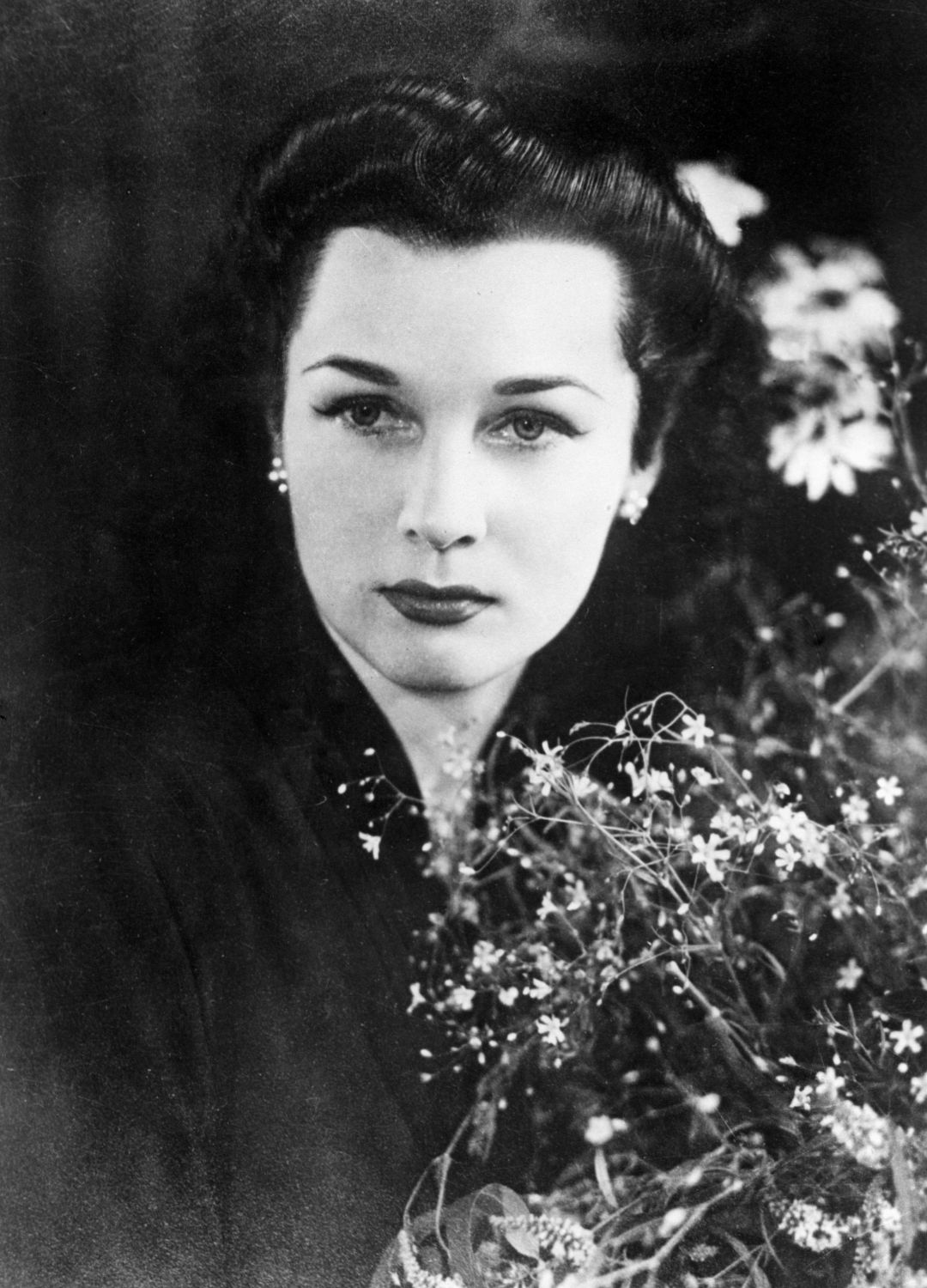
Although perhaps not a household name today, Princess Fawzia of Egypt was a famous beauty who lost two crowns but found herself. Hailed as one of the most beautiful women in the world, the Egyptian princess was every inch the fairytale royal with silver-screen siren looks.
Born into Egypt’s ruling dynasty, she married Iran’s Crown Prince in 1939 in a political union meant to unite two monarchies. When he became Shah in 1941, Fawzia became Queen of Iran, but according to reports, she found palace life cold, lonely, and stifling. She returned to Egypt just four years later, divorcing her husband in 1948. Her second act was far happier: she married for love, had another daughter, and when Egypt’s monarchy fell in 1952, wryly remarked she’d “lost not one crown, but two”. She died in quiet elegance, remembered for her beauty, dignity, and quiet defiance of royal expectations.
Princess Amelia
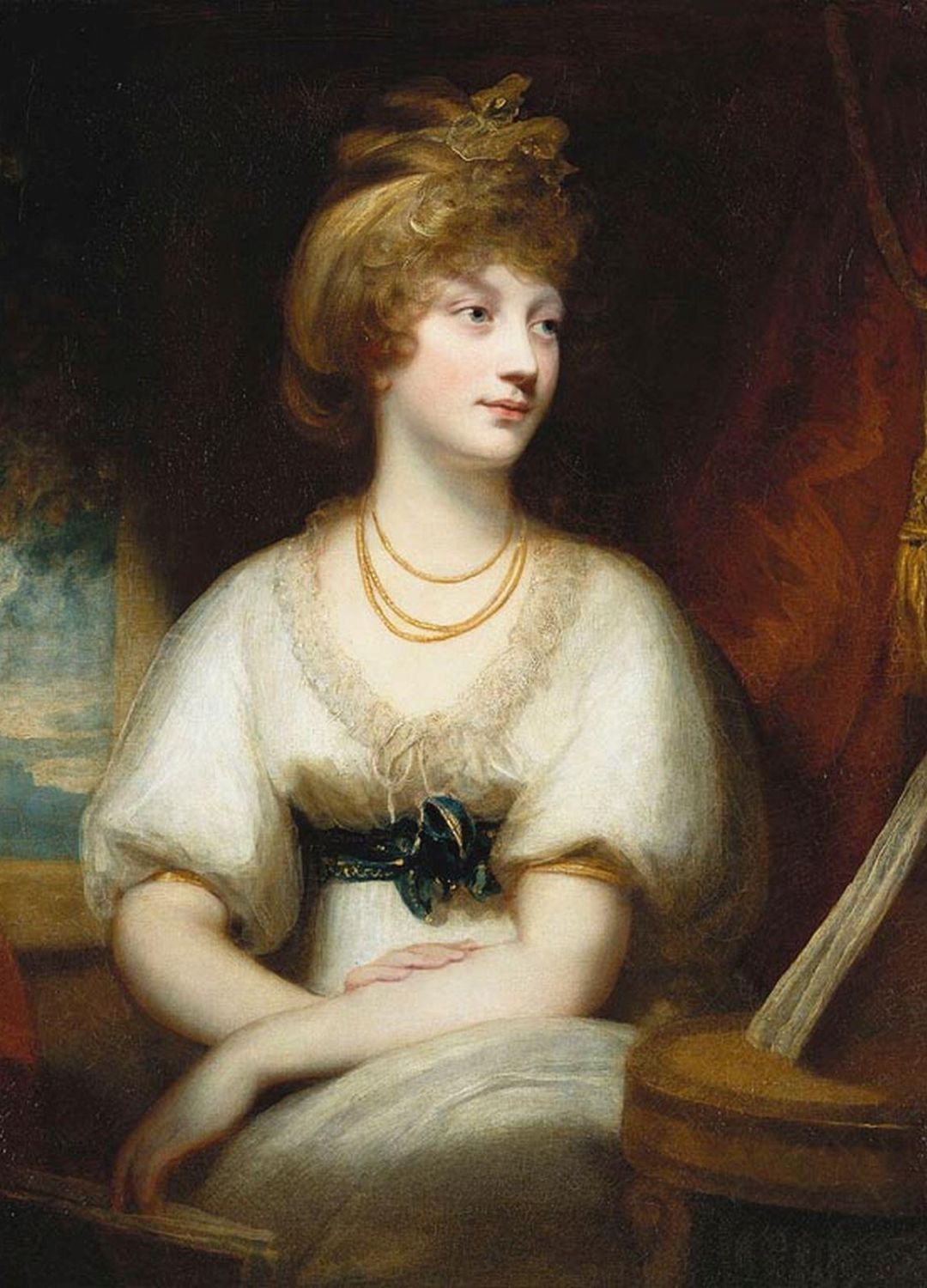
George III had many children (fifteen, to be precise), with some more infamous than others, but it was his youngest, said to be his favourite, whose death had the biggest impact. Princess Amelia, known to the king as his “darling Emily”, was bright, headstrong, and deeply beloved, and unlike many of her more dutiful sisters, was outspoken and unconventional, known for her sharp opinions and honesty.
She fell in love with Charles FitzRoy, a royal equerry, but under the Royal Marriages Act and her father’s strict control, she was forbidden from marrying him, yet the couple quietly considered themselves spiritually married. Appointed as Ranger of Richmond Park, she caused controversy by attempting, unsuccessfully, to restrict public access. But it was her death from tuberculosis at just 27 that truly shattered the king. Many believe it triggered George III’s final and most devastating descent into madness. Amelia's story may be little remembered today, but her loss broke a monarch and marked the beginning of the end of his reign.
Princess Sirivannavari Nariratan
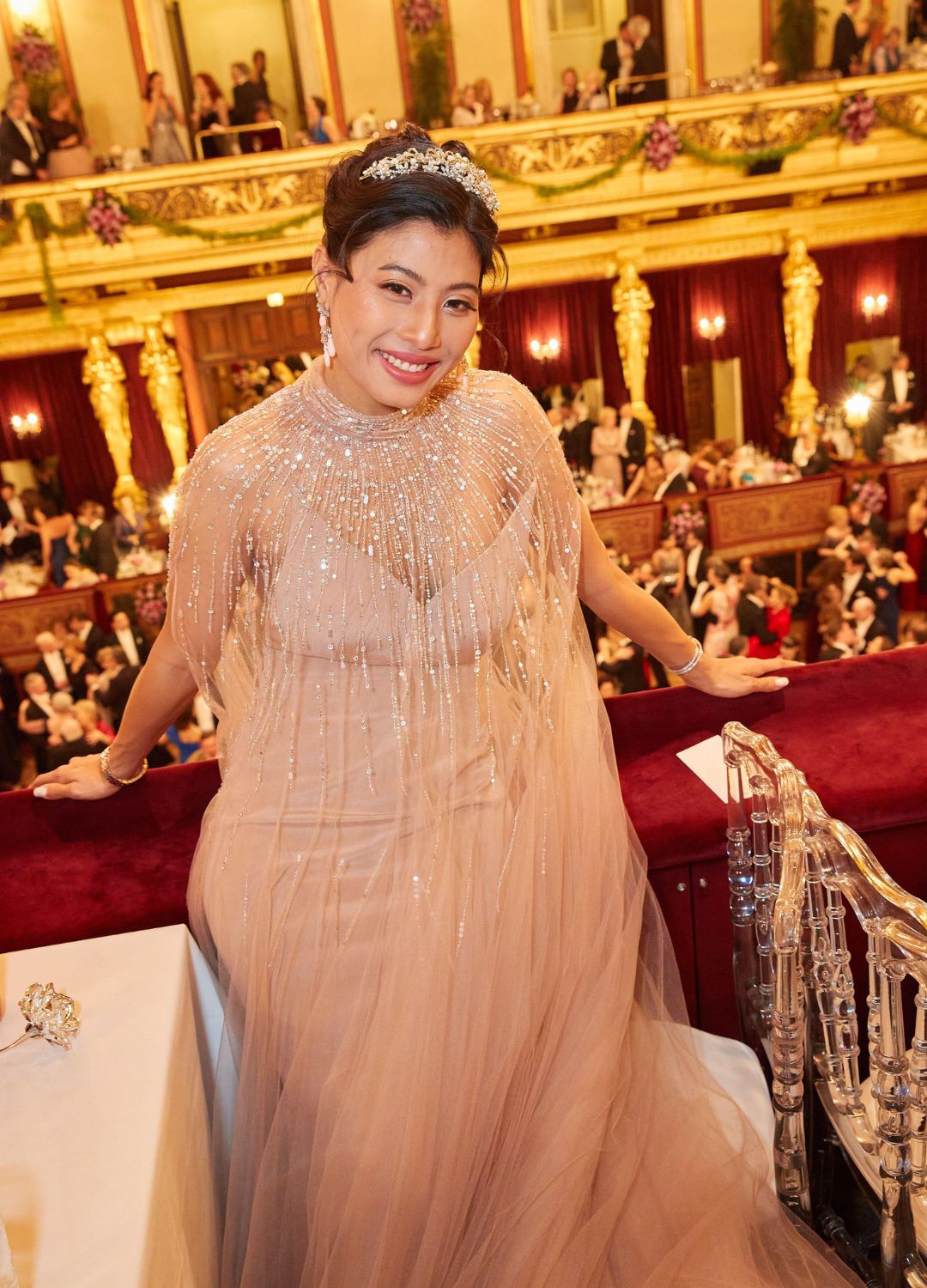
Fashion designer, equestrian, and badminton champion, Thailand’s Princess Sirivannavari is anything but conventional. Elevated to royal status by her grandfather, King Bhumibol, she’s the only daughter of King Vajiralongkorn to retain her title following her parents’ turbulent split, as she was brought back to Thailand while her four brothers remained in exile with their mother, seeing them stripped of their royal status.
Educated in Paris, she was influenced by top couture houses such as Balmain, Dior, and Armani, and later launched her own fashion label, Sirivannavari, which has appeared at Paris Fashion Week. Today, she’s earned a prominent place in Thai fashion, where her designs are known for blending traditional Thai designs with modern, experimental style. Off the runway, she’s a Southeast Asian Games gold medallist in badminton and a competitive dressage rider. Ultimately, in a monarchy still dominated by tradition and male succession, Sirivannavari is the one turning heads on her own terms.
Queen Salote Tupou III of Tonga
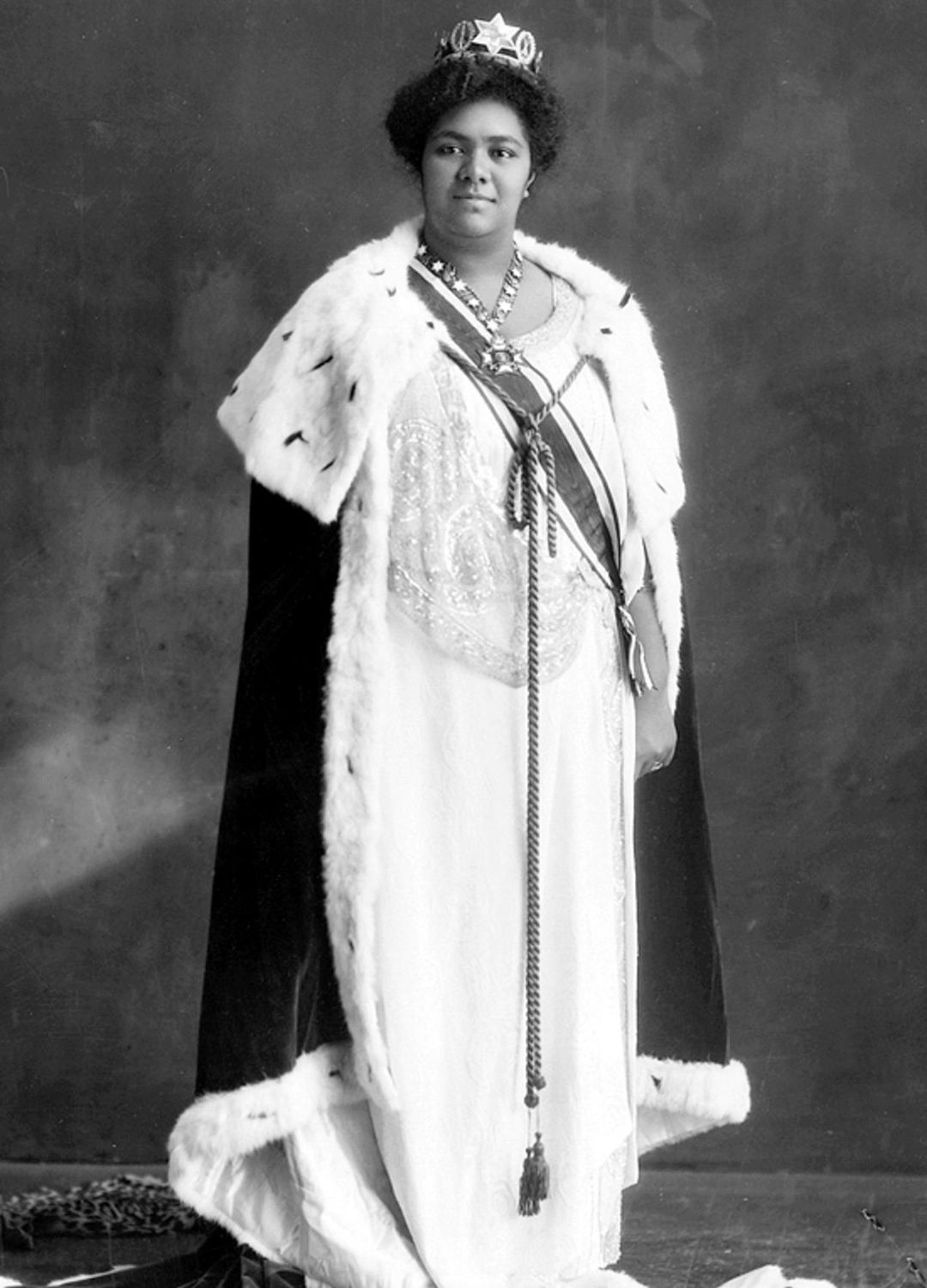
At 6'3", Queen Sālote of Tonga cut an unforgettable figure, but it was her wisdom, warmth, and cultural pride that truly set her apart. Ruling from 1918 to 1965, she unified Tonga’s islands, healed church divisions, and championed education, healthcare, and the arts. Her appearance at Queen Elizabeth II’s 1953 Coronation, smiling in an open carriage in the pouring rain, captured hearts worldwide. She famously declined to raise the carriage hood as a Tongan gesture of respect. A gifted poet and composer, she worked to preserve Tongan traditions, promoting indigenous customs, language, and oral history through the Tonga Traditions Committee, while her songs and verses still remain a cherished part of the nation’s cultural heritage.
Anne of Denmark

While James I of England (and VI of Scotland) is remembered as the first king to unite the crowns, his queen, Anne of Denmark, is often overlooked, a travesty considering her own personal achievements. Bold and politically astute, Anne frequently challenged James on court matters and the upbringing of their children. She ran her own household at Denmark House (Somerset House), which became a vibrant cultural and political hub in its own right.
A passionate patron of the arts, Anne reshaped courtly entertainments into lavish spectacles, commissioning Inigo Jones (one of Britain’s first great classical architects and stage designers) to create elaborate masques in which she sometimes starred. These performances laid the groundwork for the grandeur and ceremony now synonymous with monarchy. She also initiated the design of Queen’s House in Greenwich, the first major classical building in Britain, though she died before its completion. From her striking sense of style to her strategic savvy, Anne helped craft a more cultured, image-conscious monarchy whose echoes can still be felt today.
Princess Louise Duchess of Argyll
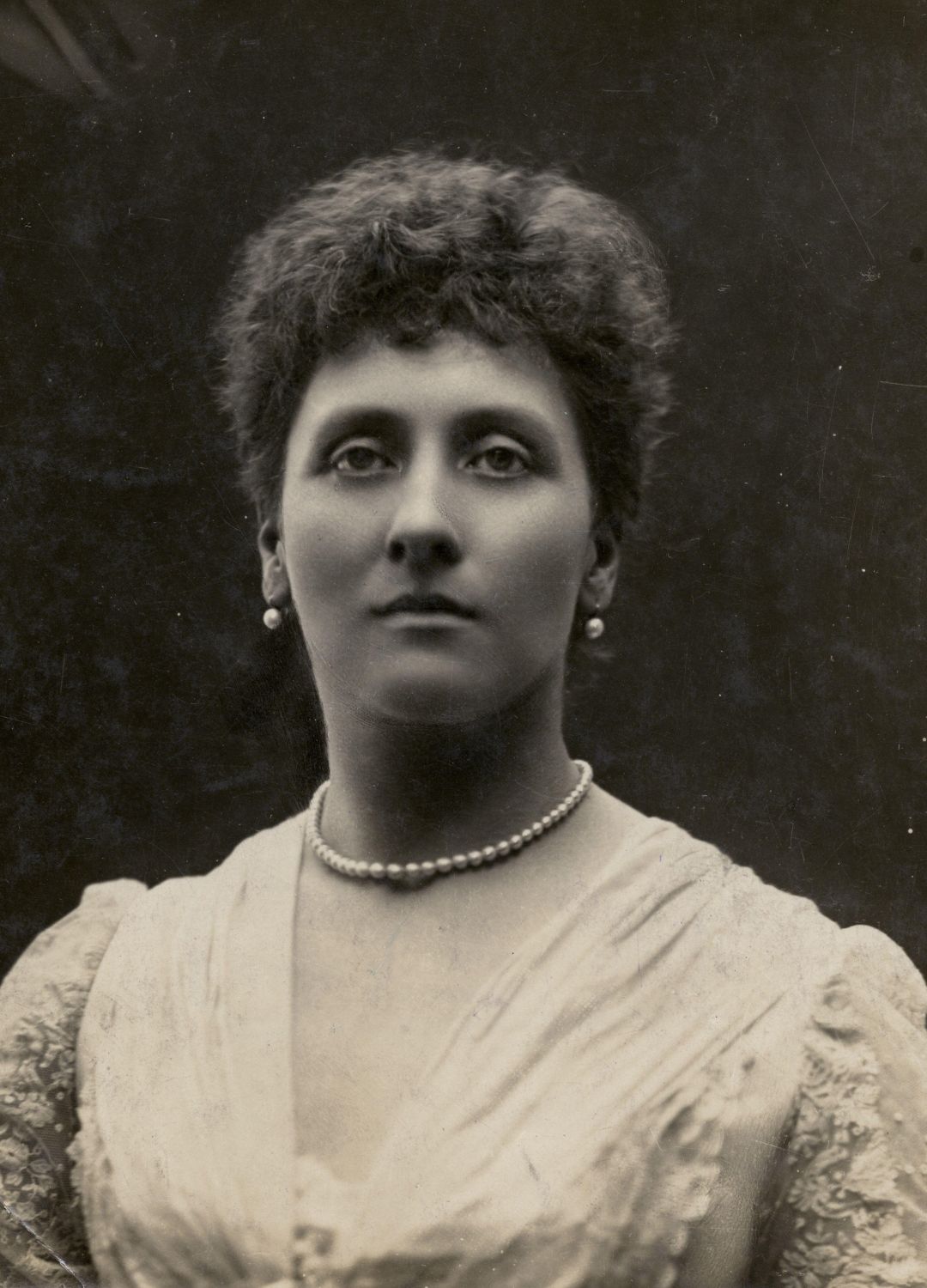
With nine children to her name, Queen Victoria’s brood is easy to lose track of, but Princess Louise is someone who deserves to be remembered. Born in 1848, Victoria and Albert’s sixth child was the most unconventional of the lot: artistic, outspoken, and fiercely independent. A gifted sculptor, Louise trained at what’s now the Royal College of Art and created public statues still standing today, including one of her mother outside Kensington Palace.
She also became the first British royal in centuries to marry outside royalty, wedding the Marquess of Lorne in a rare love match, something not afforded to most of her siblings. But what set her apart even more was her disdain for the constraints of court life. She supported women’s suffrage, travelled incognito by train, and was known for chatting freely with strangers. Rumours swirled about affairs, including with her art tutor Sir Joseph Boehm, and even a possible secret child, though never confirmed. Often overlooked, perhaps intentionally, Princess Louise was a royal who carved her own path, choosing purpose over pomp.
Princess Alice of Battenberg
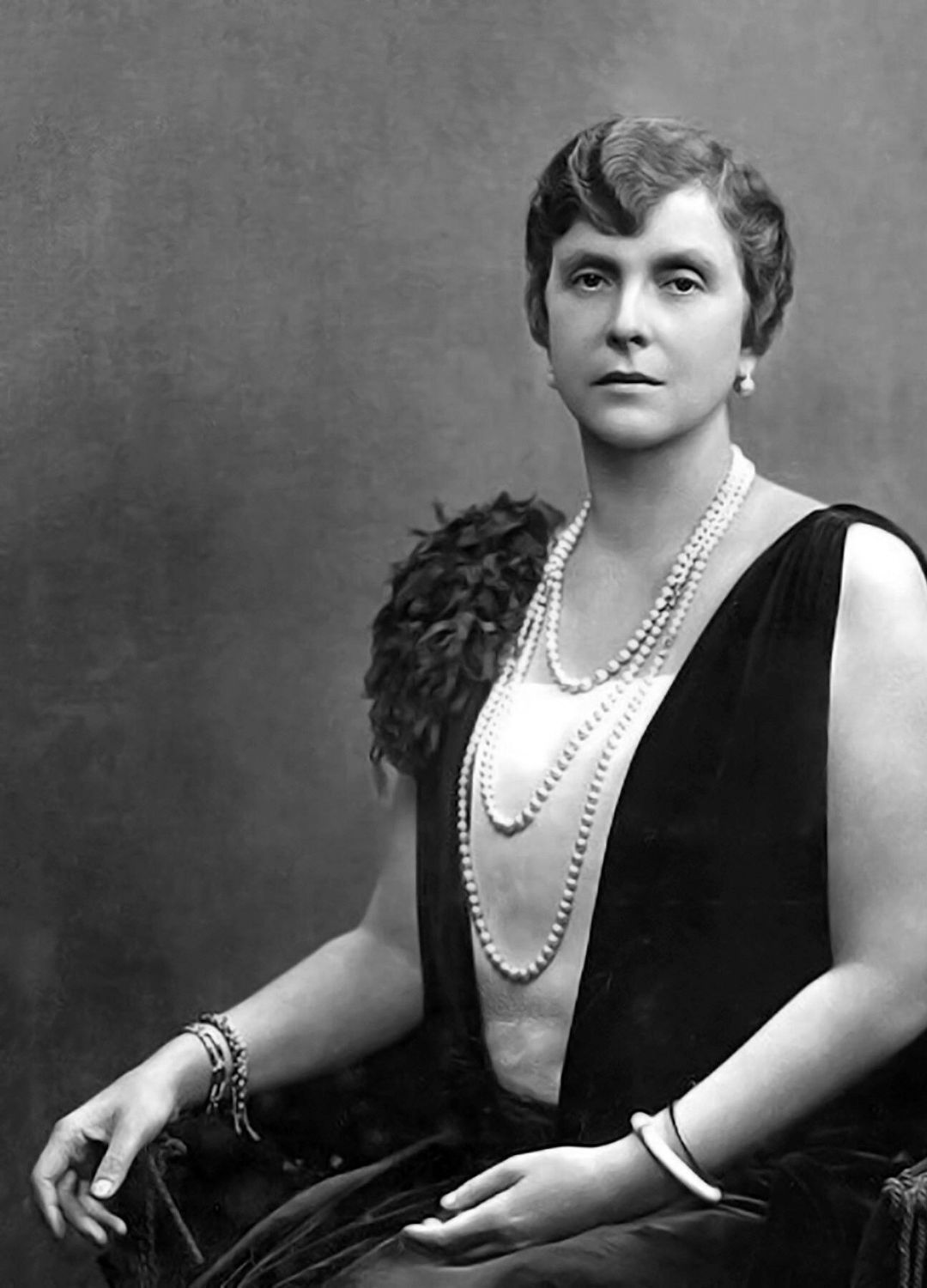
Many remember Prince Philip, Duke of Edinburgh, but what about his mother, Princess Alice of Battenberg? With a life this extraordinary, it’s a wonder she isn’t a household name. Born at Windsor Castle in 1885, Alice was Queen Victoria’s great-granddaughter, but her family, the Battenbergs, were minor German royals with modest means and faced growing hostility during WWI.
Diagnosed with congenital deafness as a child, Alice learned to lip-read and became fluent in English, German, and French. She married Prince Andrew of Greece and Denmark, but after a 1922 coup, he was exiled and nearly executed. The family fled as refugees, with baby Prince Philip carried in an orange box, living in relative poverty. Alice later suffered a mental breakdown, was treated by Sigmund Freud, and spent years apart from her children. Yet she emerged deeply spiritual. During the Nazi occupation of Greece, she hid a Jewish family in her home, and was later honoured as Righteous Among the Nations. After the war, she founded a Greek Orthodox nursing order and sold her jewels to fund her charity work. Ultimately, Alice may have been a royal by birth, but she was a humanitarian by legacy.
Carolina of Orange-Nassau
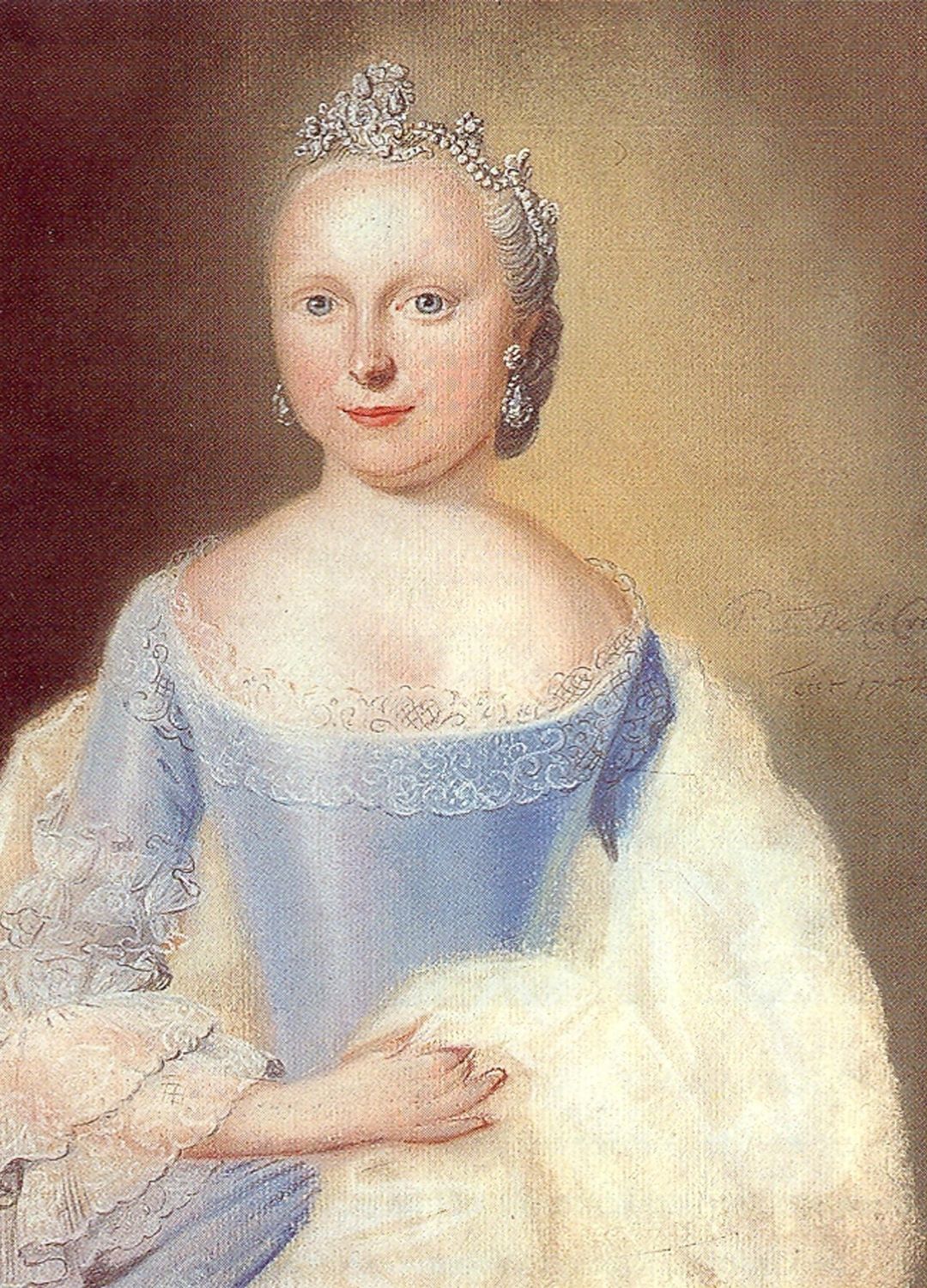
Forget Bridgerton’s Queen Charlotte, Princess Carolina was the real-life royal matchmaker, orchestrating alliances that would shape the future of Europe. Acting as regent of the Dutch Republic while her younger brother William V was still a child, she learned to wield significant political power at a time when women were usually sidelined. Even after stepping down, Carolina’s influence endured.
She had 15 children with Prince Charles Christian of Nassau-Weilburg (seven survived), and through carefully arranged marriages, her descendants spread out across the royal houses of Sweden, Spain, the UK, Denmark, Luxembourg and beyond, earning her an early claim to the title “grandmother of Europe” long before Queen Victoria inherited the nickname. A passionate patron of the arts, Carolina befriended a young Mozart during his tour of The Hague and ensured he and his sister received urgent medical care when they fell dangerously ill, an act that may well have saved both their lives, not to mention the music that would follow.
Empress Masako of Japan
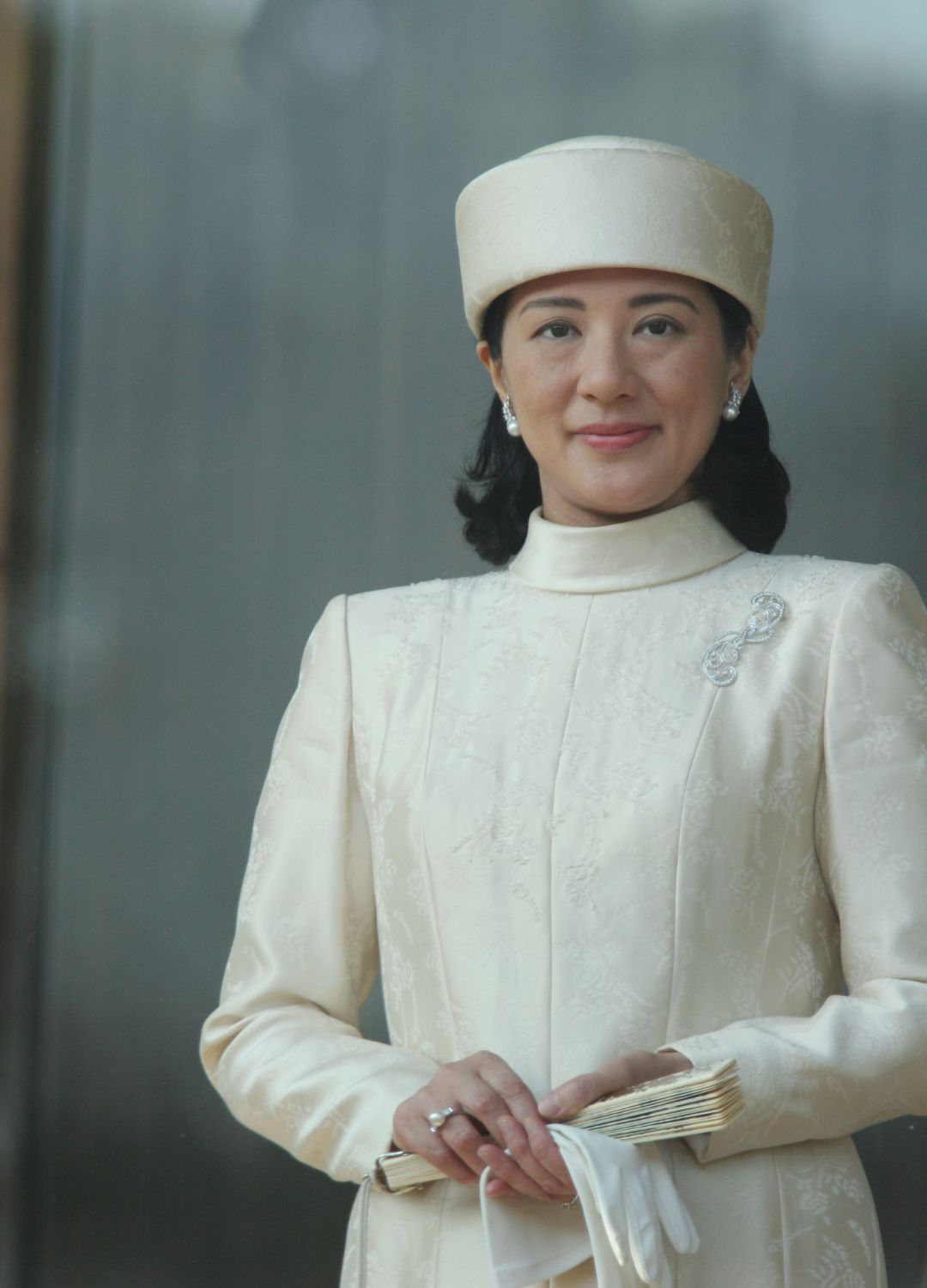
Before becoming Empress, Masako Owada was a rising star in Japan’s Foreign Ministry, a Harvard-educated diplomat fluent in multiple languages, trained at Oxford, and one of just three women to pass the ministry’s fiercely competitive entrance exam. But after marrying Crown Prince Naruhito in 1993, her promising career was traded for life inside a conservative royal institution.
Despite having a daughter in 2001, Masako was said to be under pressure to produce a male heir, as Japan’s imperial succession law allows only men to ascend the throne. Combined with rigid expectations and relentless media scrutiny, it’s unsurprising she developed a stress-related adjustment disorder, officially acknowledged in 2004, and withdrew from public life for over a decade. Now Empress, she is re-emerging as a quiet force, attending global events, supporting environmental causes, and offering a vision of a more modern, compassionate, and mental health–attuned monarchy.
Princess Margaret of Connaught
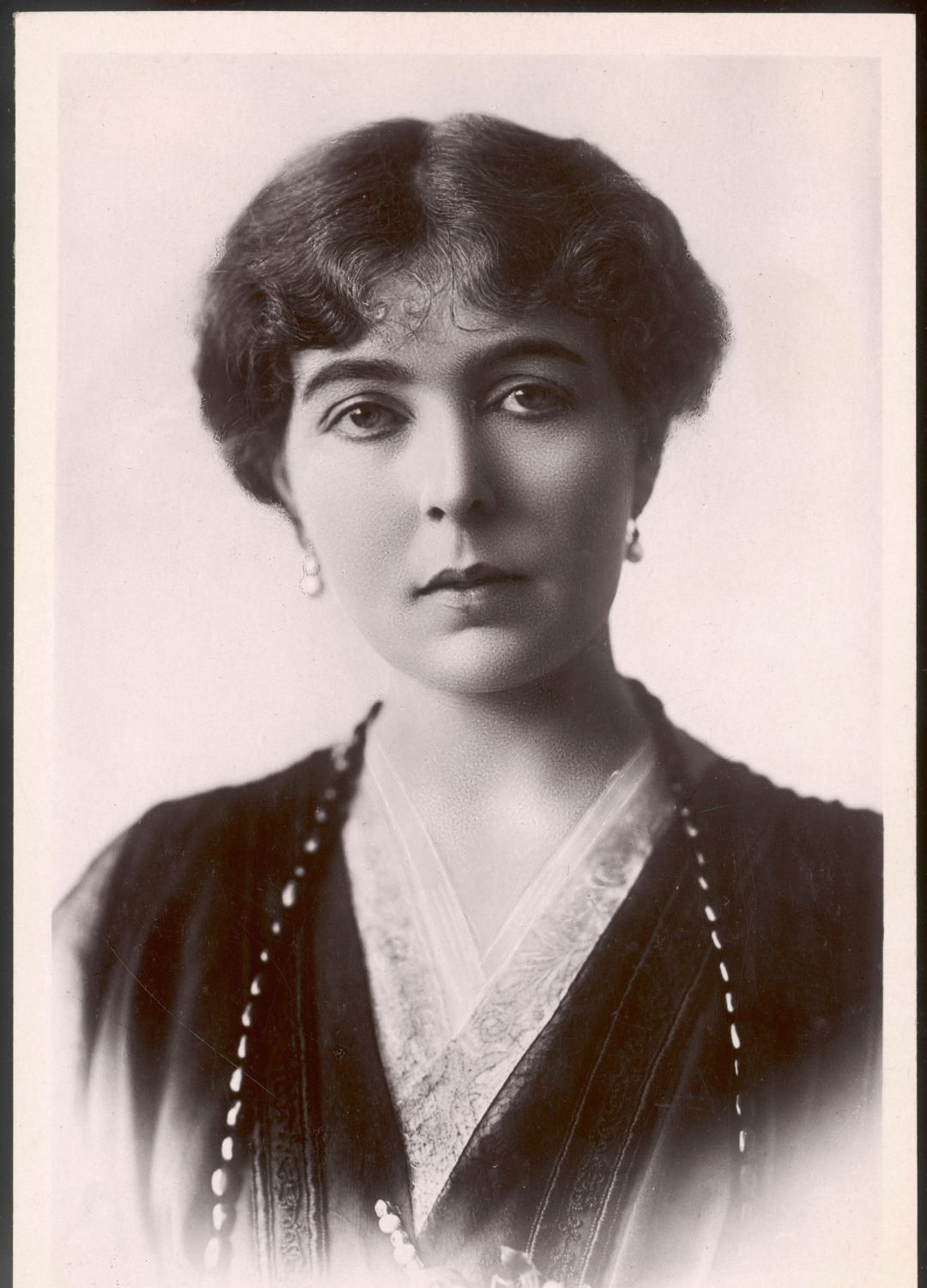
Granddaughter of Queen Victoria and eldest daughter of Prince Arthur (her third son), Princess Margaret seemed destined for British court life until she married Sweden’s Crown Prince Gustaf Adolf in 1905. Nicknamed “Daisy,” she was very public about her love of gardening, publishing books on the subject, dabbled in photography and painting, and is credited with founding Sweden's first women’s hockey club in 1908.
She also championed hospitals, children’s welfare, and war relief during WWI, most notably sending aid parcels to POWs. Beloved for her elegance, warmth, and modern outlook, she helped make Sweden’s monarchy more relatable. Though she died suddenly at 38 while eight months pregnant, her legacy lived on through her children, including a future Queen of Denmark.
Natalie Denton is a freelance writer and editor with nearly 20 years of experience in both print and digital media. She’s written about everything from photography and travel, to health and lifestyle, with bylines in Psychologies, Women’s Health, and Cosmopolitan Hair & Beauty. She’s also contributed to countless best-selling bookazines, including Healthy Eating, The Complete Guide to Slow Living, and The Anti-Anxiety Handbook.
